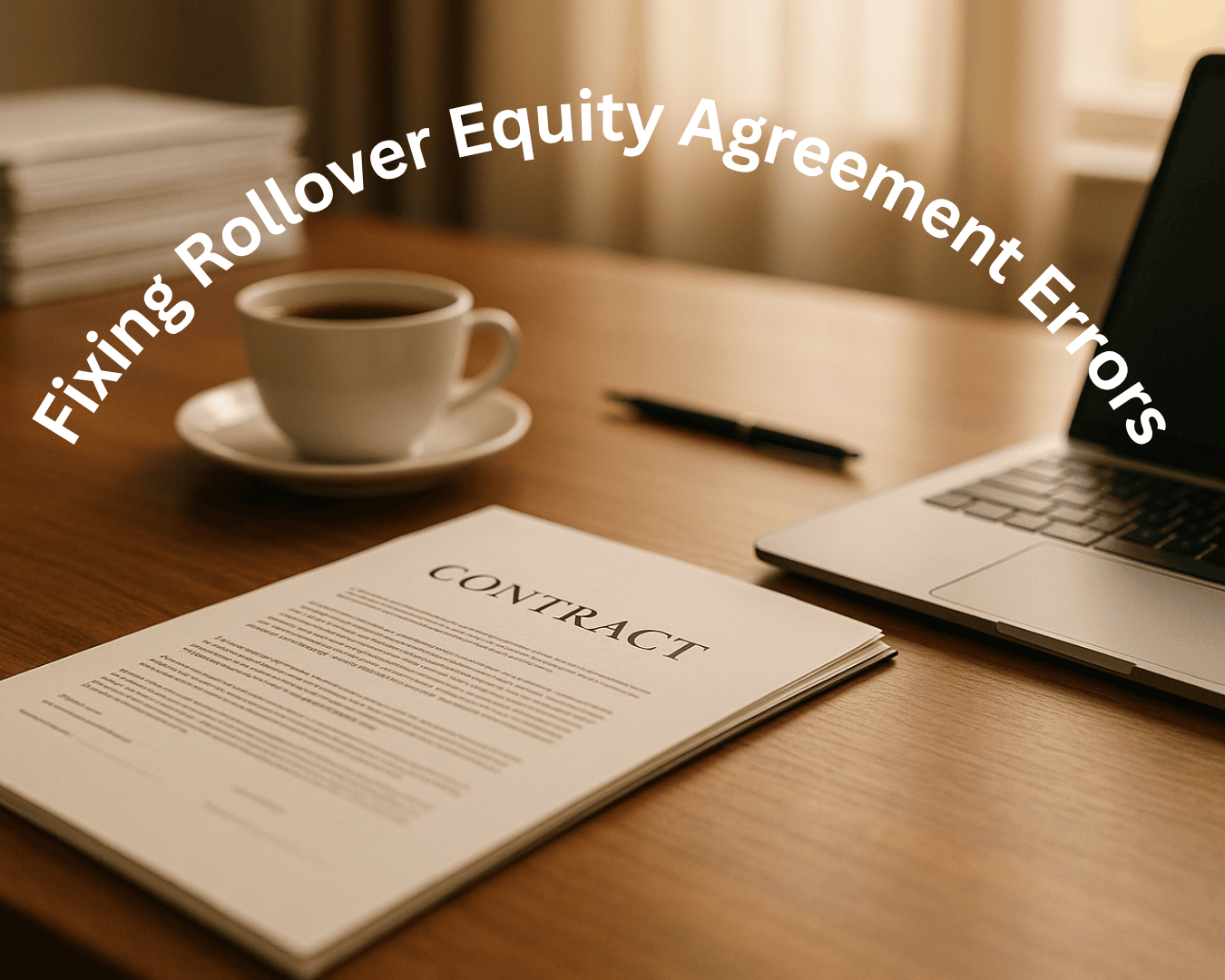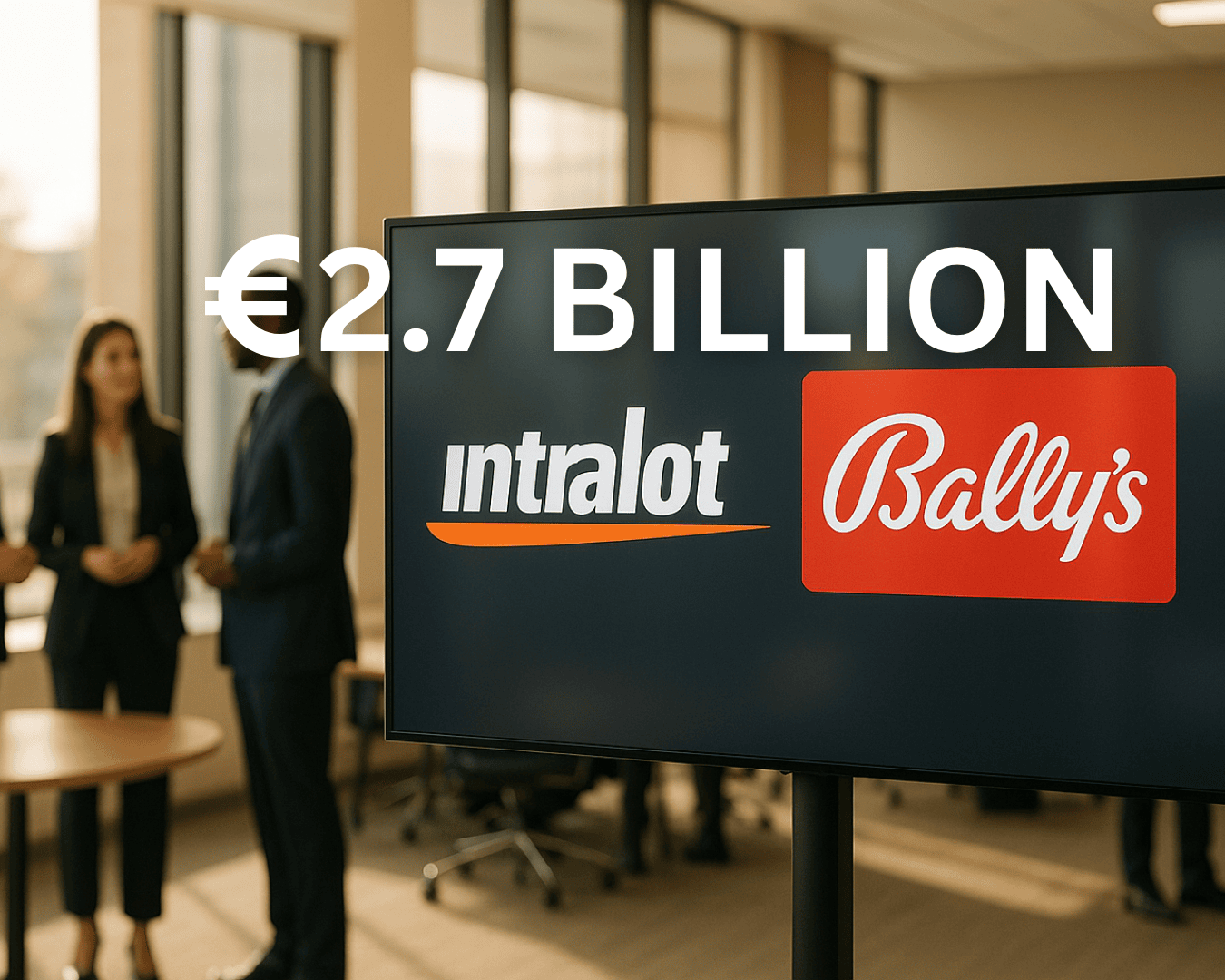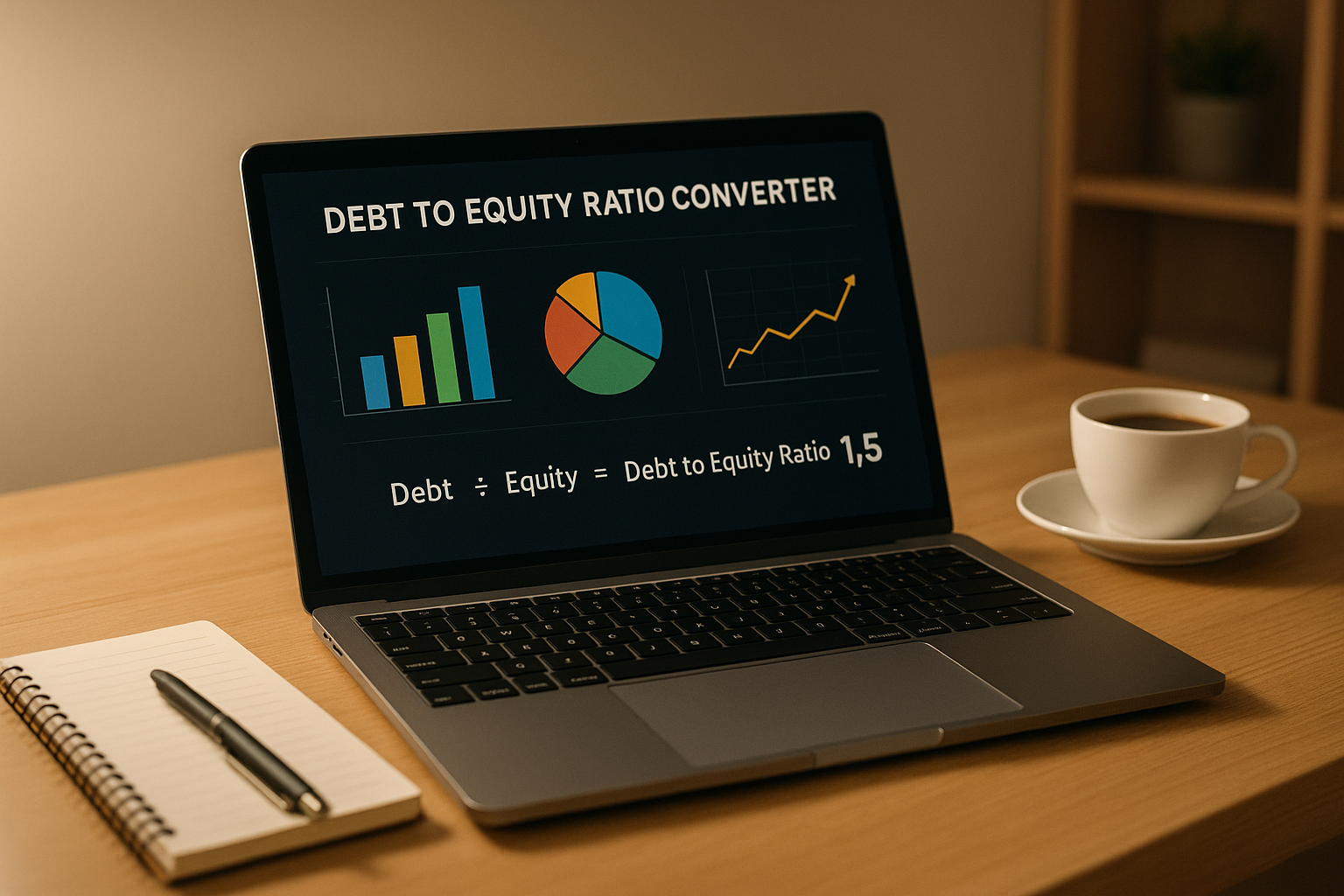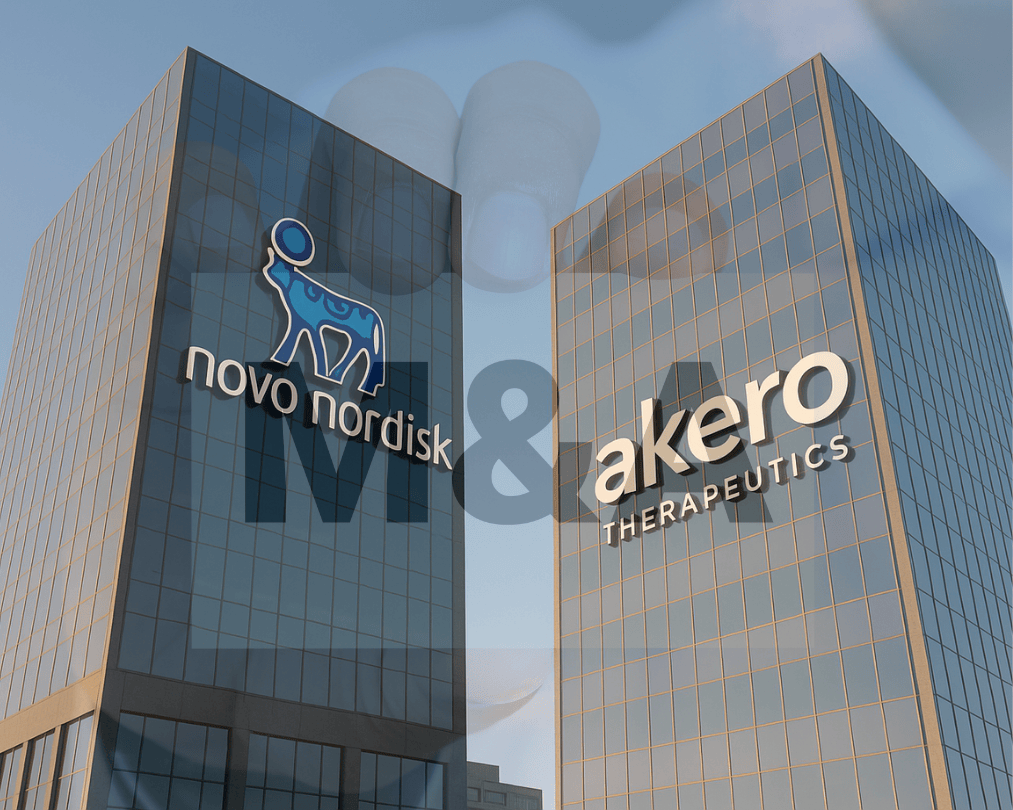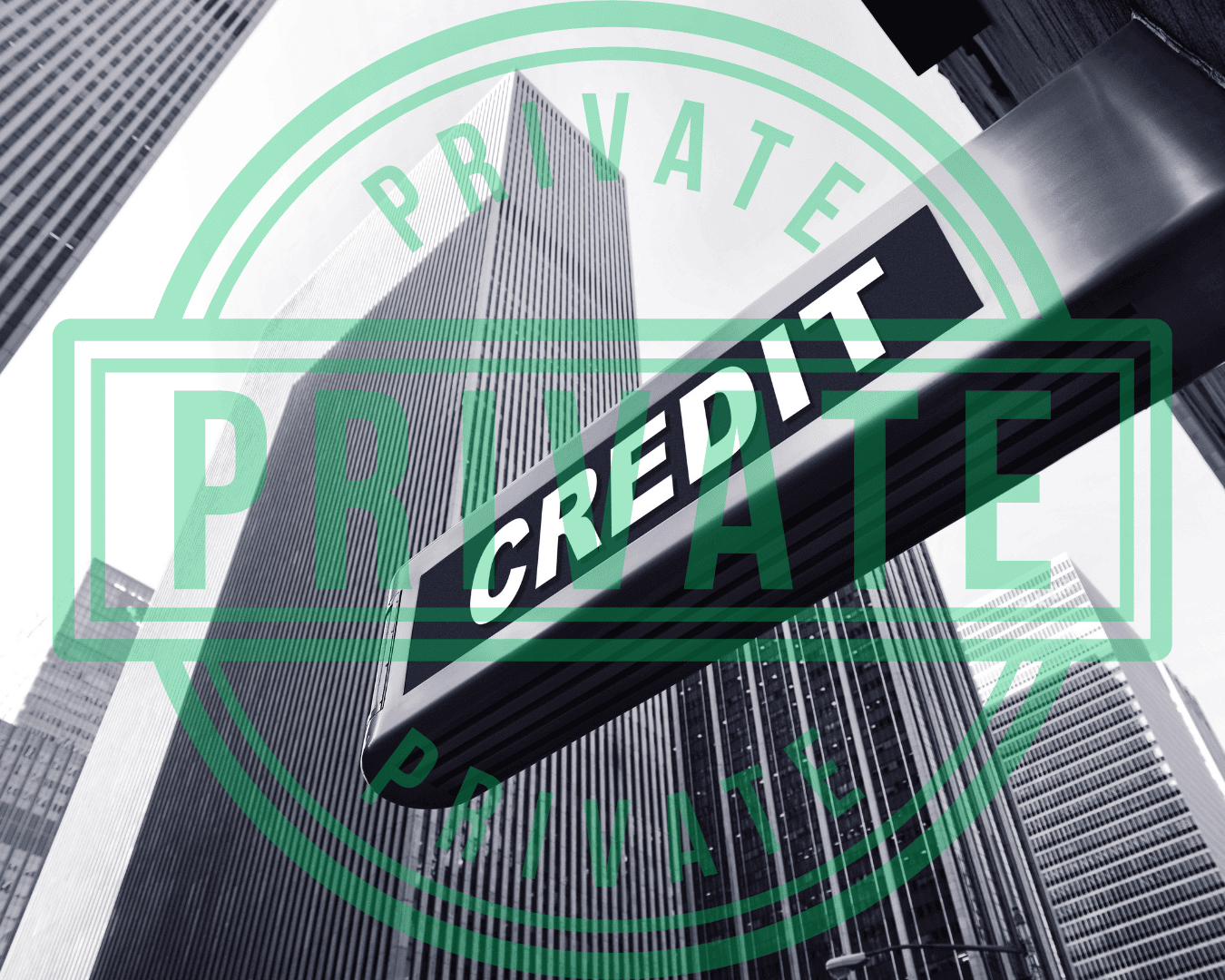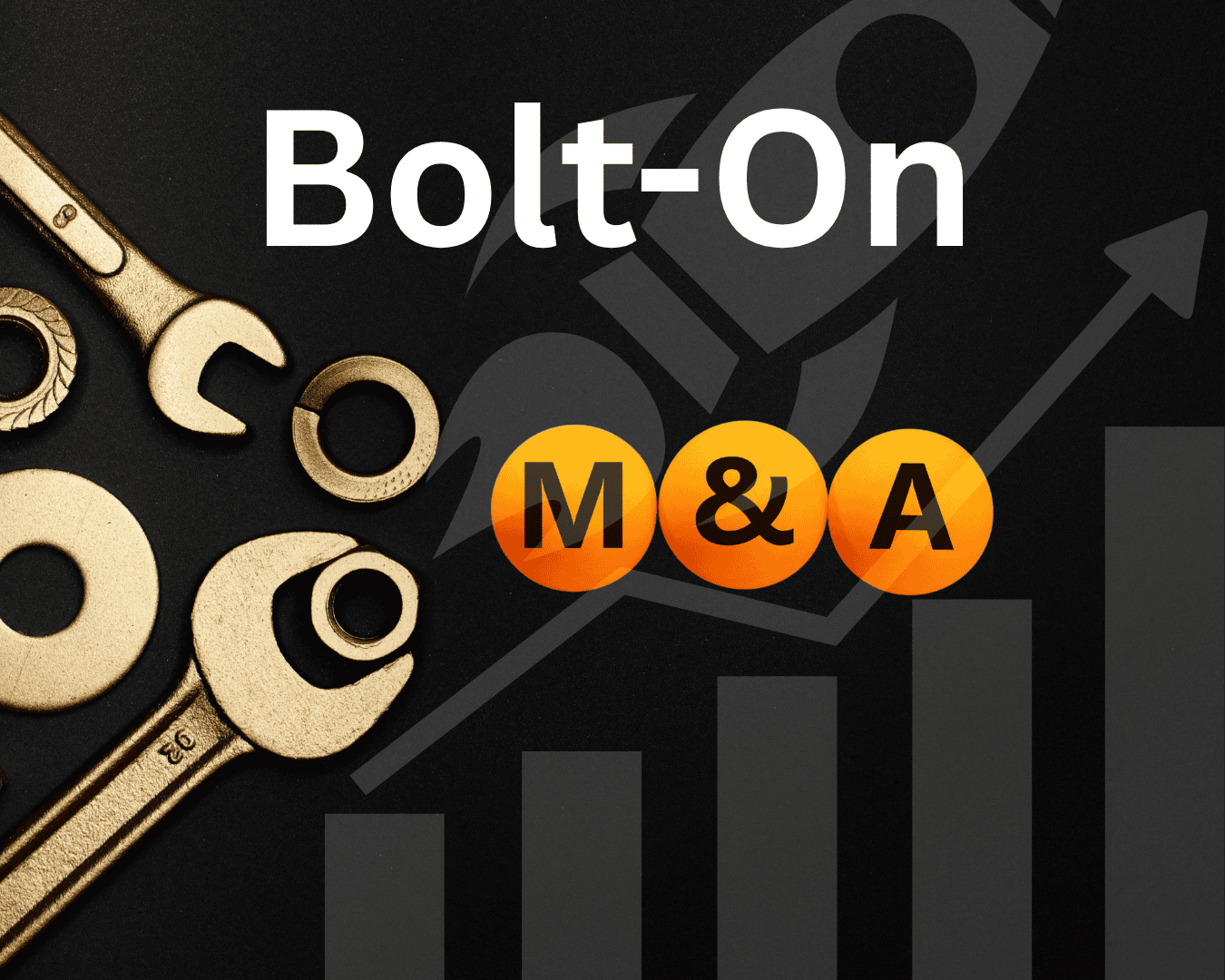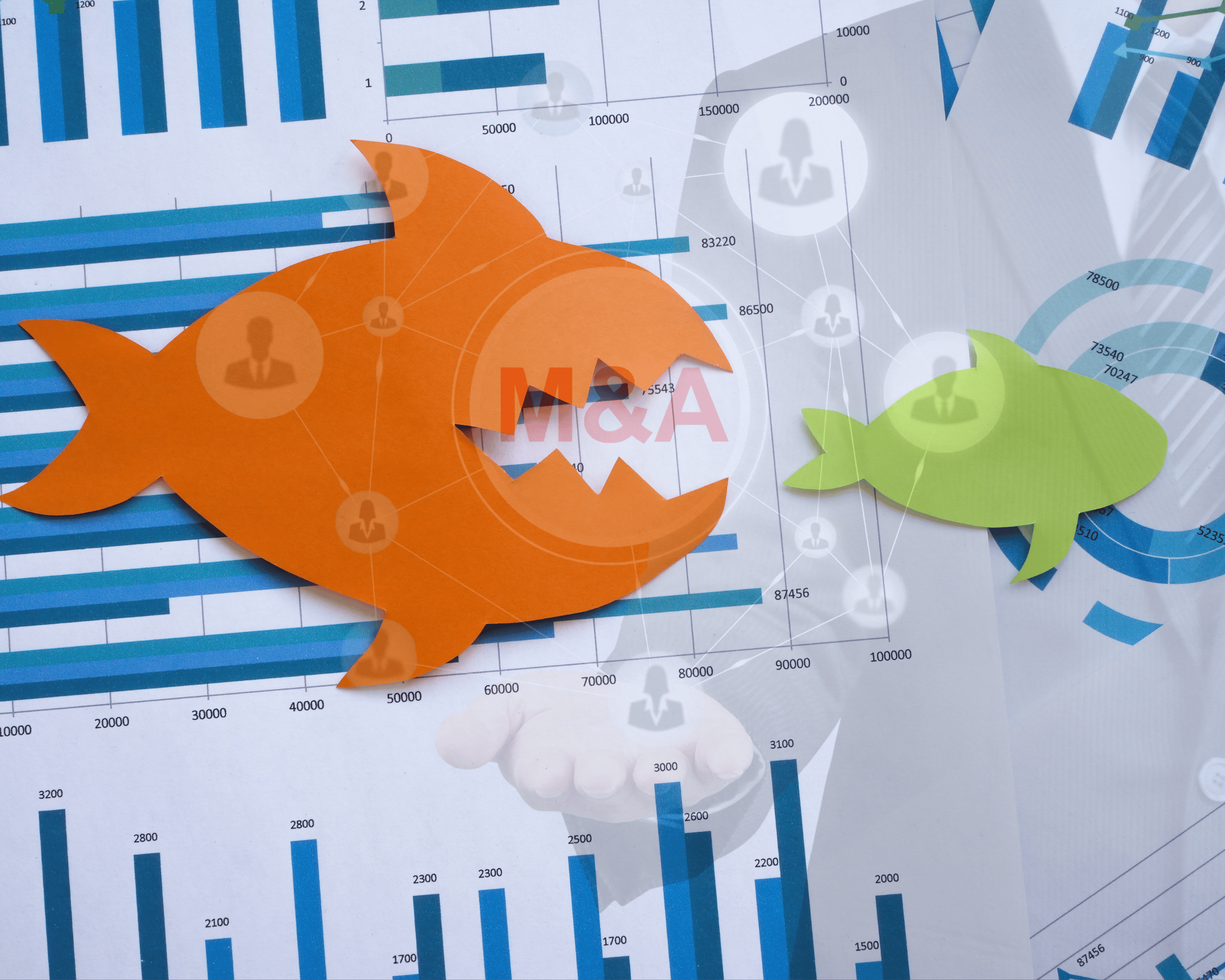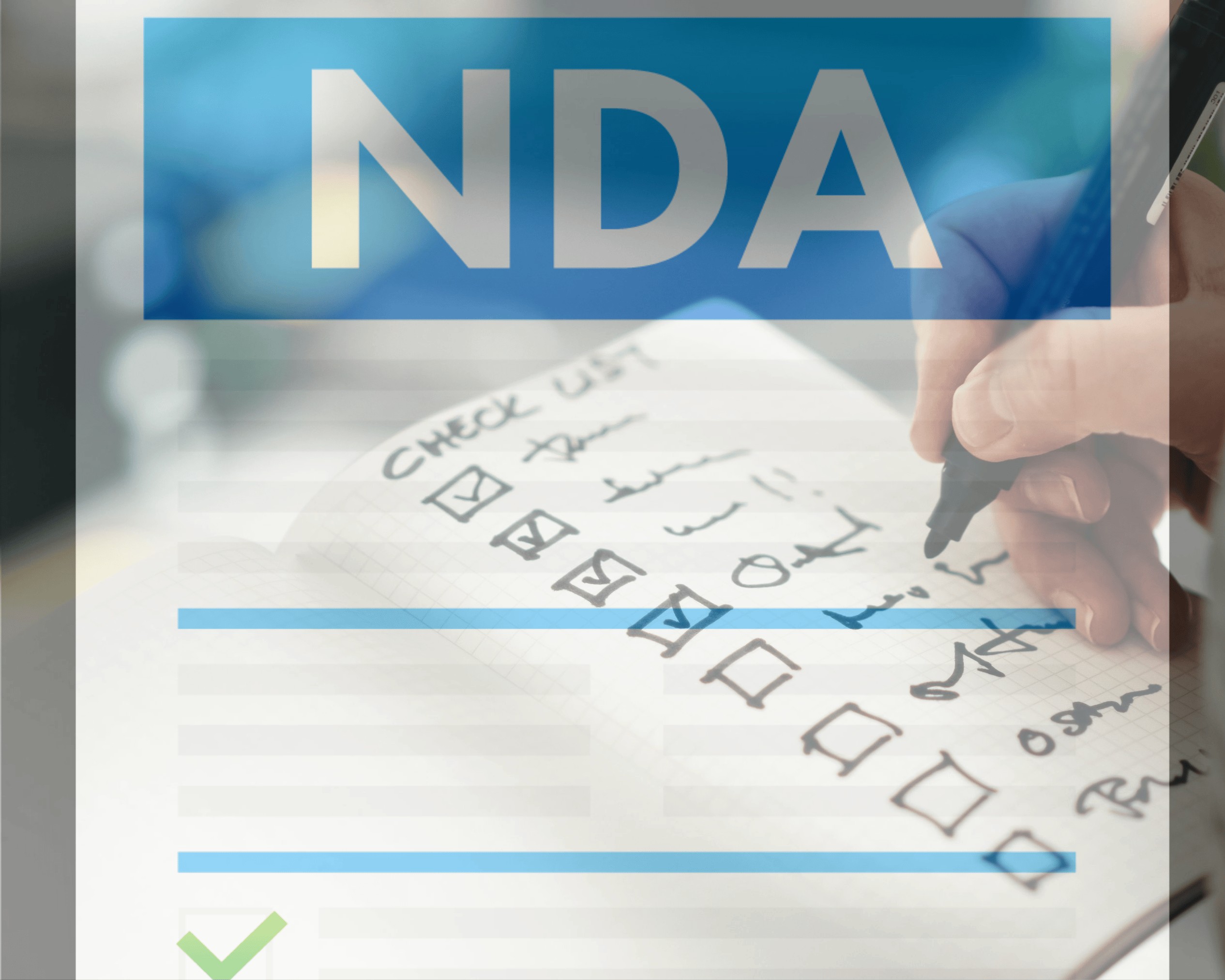Direct seller outreach connects buyers directly with business owners, bypassing brokers and public listings. This method uncovers off-market opportunities and often leads to better deals with less competition. But success depends on using a structured outreach cadence - a planned sequence of touchpoints that builds trust and keeps communication effective.
Here are five outreach cadences tailored to different seller profiles and timelines:
- 7-Day Multi-Channel Cadence: Quick engagement using email, phone, and LinkedIn for time-sensitive sellers.
- 22-Day Steady Cadence: Consistent follow-ups over three weeks for sellers needing more time.
- Social Media Engagement Cadence: Relationship-building through LinkedIn, Twitter, and Facebook over weeks.
- Long-Term Relationship Cadence: A patient, trust-building approach with 25 touchpoints over 77 days.
- Educational Content Cadence: Sharing industry insights and resources every 7–10 days to establish expertise.
Each cadence suits specific scenarios, from fast-paced deals to long-term trust-building. The key is to match the cadence with the seller’s needs and communication preferences.
2x your cold email reply rate using a 25-day sales cadence with Nick Cegelski
7-Day Multi-Channel Outreach Cadence
The 7-day multi-channel outreach plan is all about speed and making an impact. It’s designed to help you connect with high-priority sellers quickly, using a series of targeted touchpoints over a single week. This method stands apart from longer-term strategies, which focus on building trust over months, by delivering immediate engagement opportunities.
Channels and Timing
A strong 7-day cadence typically combines email, phone calls, and LinkedIn in a carefully planned sequence. Max Altschuler’s well-known approach spreads these touchpoints over 10 days, with the most activity packed into the first week.
Here are two frameworks that showcase effective strategies:
Max Altschuler's Method:
- Day 1: Email or LinkedIn InMail
- Day 3: Morning email + afternoon phone call
- Day 5: Morning call + afternoon call with voicemail
- Day 7: Morning email + afternoon call with voicemail
Carlos Montero's Content-Driven Approach:
- Day 1: Prospect research
- Day 2: LinkedIn InMail
- Day 3: Follow-up InMail
- Day 4: Email
- Day 5: Follow-up email
- Day 6: Phone call
- Day 7: Social media engagement with relevant content
Research suggests spacing touchpoints 2–5 days apart strikes the right balance - keeping prospects engaged without overwhelming them. This sequencing ensures your outreach feels timely and effective.
Why It Works
Using multiple channels pays off in a big way. Businesses that adopt multi-channel strategies report a 287% boost in customer engagement compared to relying on just one channel. This success comes from meeting prospects where they’re most comfortable - whether that’s email, phone, or LinkedIn.
A 7-day cadence creates momentum. While many B2B buyers prefer email, not everyone checks their inbox regularly. Adding phone calls and LinkedIn interactions increases your chances of reaching decision-makers who might miss an email but respond to a call or a social media message.
This approach also addresses a common sales challenge: 80% of sales require at least five follow-ups, yet most salespeople give up after just two attempts. By sticking to a structured 7-day plan, you ensure enough consistent follow-ups to see results.
For time-sensitive opportunities - like when a business owner is nearing retirement or facing major industry changes - a 7-day outreach cadence positions you as both responsive and committed to acting quickly.
How to Execute Effectively
To make this approach work, personalization is key. Every message should include specific details about the prospect’s business, industry challenges, or recent developments. Sending generic templates multiple times in one week will likely backfire.
Here are some tips for a polished execution:
- Customize content for each channel: For LinkedIn, focus on industry insights. In emails, highlight relevant business metrics. During calls, address operational concerns. Mixing up your content keeps your outreach fresh and engaging.
- Blend automation with human effort: Use automated emails to save time but combine them with manual LinkedIn messages and personal phone calls to maintain a human touch.
- Be flexible with timing: If a prospect responds to one touchpoint, adjust your follow-ups accordingly. Don’t stick rigidly to the schedule - adapt to their engagement level and preferences.
- Respect their communication habits: If they reply to your LinkedIn message but ignore emails, lean into LinkedIn for future interactions. Building a connection on their terms is more effective than forcing your preferred method.
Each interaction should build on the last, creating a clear and compelling narrative about why you’re the ideal buyer for their business.
22-Day Steady Outreach Cadence
The 22-day steady outreach cadence takes a more measured approach compared to the faster-paced 7-day intensive method. This strategy includes 13 touchpoints - 7 phone calls and 6 emails - spread out over 22 days. The goal is to maintain consistent communication without overwhelming sellers. It’s particularly suited for business owners who prefer more time to evaluate their options before entering acquisition discussions. Like the 7-day cadence, this method spaces out interactions thoughtfully, catering to sellers who need a slower decision-making process.
Weekly Touchpoint Schedule
Brandon Huang of Yotpo introduced this framework, alternating between phone calls and emails to create a structured, predictable schedule:
- Day 1: Email
- Day 3: Phone
- Day 4: Email
- Day 7: Phone and Email
- Day 10: Phone
- Day 12: Email
- Day 14: Phone
- Day 16: Email
- Day 19: Phone
- Day 21: Phone and Email
- Day 22: Nurture or Repeat
This schedule is ideal for sellers who prefer a slower, more deliberate approach. It aligns with research indicating that the most effective outbound sales cadences last about 20.8 days, giving sellers a little extra time to weigh their options while keeping communication steady.
Benefits of Consistent Follow-Up
A well-structured and consistent follow-up process greatly improves your chances of connecting with sellers. Research shows that only 2% of sales happen after the first follow-up, highlighting the importance of maintaining regular contact over several weeks. This cadence helps you stay visible and responsive to sellers’ needs while respecting their timeline.
For instance, if a seller engages with your Day 7 email but isn’t ready to move forward, follow-ups on Days 10, 12, and 14 ensure you remain top-of-mind. This approach is particularly effective in acquisitions where sellers may be quietly exploring their options or need time to discuss a sale with family or partners. It positions you as a patient and serious buyer who respects their process.
Drawbacks and Considerations
While the 22-day cadence offers consistency and patience, it’s not without its challenges. One drawback is its reliance on just phone and email, which might exclude sellers who prefer other communication channels like LinkedIn or SMS. In competitive markets, this slower pace could also allow more aggressive buyers to secure meetings first.
Another consideration is the potential for lost momentum. If a seller shows initial interest but becomes unresponsive, the fixed schedule might feel too rigid. This method also requires strong organizational skills - using CRM tools to manage reminders and track interactions is critical to avoid gaps in follow-up. Additionally, some sellers may interpret the extended timeline as a lack of urgency, underscoring the need to adapt your approach to match their communication preferences.
Social Media Engagement Cadence
Social media engagement takes a different route from traditional phone and email outreach by focusing on relationship-building through platforms like LinkedIn, Twitter, and Facebook. Instead of diving straight into direct conversations, this approach emphasizes consistent interactions to establish trust and familiarity with potential sellers. By engaging with their content, sharing relevant insights, and maintaining a visible presence, you create a warmer, more approachable foundation for future discussions. This strategy complements other outreach methods, helping to prepare prospects for direct communication.
This approach is particularly effective for sellers who are active on social media and value relationship-driven interactions. A typical engagement timeline might stretch over two to four weeks, involving activities like commenting on posts, sharing articles that resonate with their interests, and eventually transitioning to direct messaging. The aim is simple: become a trusted and recognizable presence in their network before introducing acquisition-related discussions.
Personalizing Social Interactions
For social media outreach to be effective, personalization is key. Generic comments won’t cut it. Instead, take the time to explore a seller’s recent posts and updates to understand their priorities and challenges. For instance, if a business owner shares a post about supply chain issues, respond with thoughtful insights or share a resource that addresses their concerns. This kind of tailored interaction shows genuine interest in their needs rather than coming across as self-serving.
When transitioning to direct messaging, referencing earlier interactions can make your outreach feel more natural and engaging. This continuity creates a sense of familiarity and sets your message apart from generic sales pitches, making it more likely to elicit a response.
Building Relationships Over Time
Strong relationships aren’t built overnight. It takes several meaningful interactions to establish trust before introducing acquisition-related conversations. Research suggests that three to four thoughtful engagements over a 10–12 day period strike a balance between persistence and respect for the prospect’s time. Start by engaging with their content - leave insightful comments, share their posts, or highlight relevant industry trends they’d find useful. Gradually, as the connection strengthens, you can introduce more personalized insights that align with their interests.
Once a rapport is established, a warm, well-crafted direct message can pave the way for deeper conversations about acquisition opportunities. This gradual, relationship-first approach mirrors the structured follow-ups used in multi-channel outreach strategies, making the transition to business discussions feel seamless and natural.
This method works because it builds credibility and trust over time. Sellers often prefer a non-aggressive, steady approach, and by the time you bring up acquisition opportunities, they already recognize your expertise and genuine interest in their success.
Building Trust Through Social Presence
Consistently sharing industry-specific content is another way to build trust and establish your expertise. By commenting on trends, offering insights, and sharing valuable resources, you reinforce your professional image. Sellers can observe your knowledge and commitment to understanding their industry before deciding to engage further.
When it’s time to reach out directly, your ongoing social presence provides valuable context. Sellers are more likely to respond positively to someone they’ve seen actively participating in their professional space, making conversations about acquisition opportunities more productive and welcome.
sbb-itb-a3ef7c1
Long-Term Relationship Cadence
When it comes to relationship-focused social media interactions, building a long-term rhythm is key to earning trust over time. High-value acquisitions often unfold over several months or even years, requiring a patient, trust-building strategy rather than a quick, hard-sell approach.
This method is particularly effective for established businesses, where sellers need ample time to weigh their options and evaluate potential buyers. The goal is to position yourself as a trusted advisor - someone who consistently provides support and insights. By focusing on delivering ongoing value instead of applying sales pressure, you lay the groundwork for meaningful, long-lasting engagement.
"Long-term success is not about doing more work. It is about doing meaningful work in a way that builds confidence, earns trust, and fosters lasting relationships." - Mavacy
Sharing Helpful Content
One of the best ways to nurture trust over the long haul is by sharing content that’s genuinely useful. Instead of bombarding sellers with generic updates, provide resources that address their specific needs. Think market analysis reports, case studies of similar deals, or insights into emerging trends that could impact their business.
Timing matters, too. Reaching out every 2–3 weeks keeps you on their radar without becoming overbearing. Each interaction should be packed with practical value, reinforcing your expertise and positioning you as a go-to resource throughout the acquisition process.
Staying Connected Over Time
Consistency is everything. Regular, personalized check-ins that go beyond sales pitches are crucial for maintaining strong relationships over the long term. These follow-ups should feel natural and focus on topics like the seller's business growth, industry changes, or even personal milestones. The key is to show genuine interest, not just push for a deal.
Monthly or bi-monthly phone calls are a great way to have deeper, more meaningful conversations. These calls allow you to offer thoughtful advice and demonstrate your commitment to their long-term success, which is essential for building trust in high-stakes transactions.
Using Personalized Video Messages
Adding a personal touch through video messages can set you apart in a world dominated by text-based communication. A short, tailored video allows you to connect on a more emotional level by addressing the recipient’s specific concerns. For example, you could reference a recent conversation, congratulate them on a business milestone, or share insights tailored to their situation.
"An objection is just a request for more information. Great agents teach first and sell second." - Mauricio Umansky, CEO of The Agency
This "teaching-first" mindset not only boosts your credibility but also helps sellers feel a stronger personal connection to you. Since business acquisitions are deeply personal decisions, seeing your face and hearing your voice can make a significant difference in fostering trust.
Keep your videos brief - around 2–3 minutes - and focus on delivering clear, actionable insights. A conversational tone that reflects your personality and expertise will make your message both engaging and memorable.
Educational Content Cadence
Sharing educational content is one of the most effective ways to build trust and establish yourself as an expert when connecting with potential sellers. Instead of immediately pushing for a sale, this approach focuses on teaching sellers about the acquisition process. By doing so, you position yourself as the go-to resource when they’re ready to take the next step.
Consider this: 71% of buyers read blogs before making a purchase, and 40% review three to five pieces of content before talking to a salesperson. This makes educational outreach not just helpful but something sellers expect.
A good rhythm for sharing content is every 7–10 days, followed by a quick check-in 2–3 days later. This keeps you on their radar without overwhelming them, especially since many business owners are balancing daily operations with big-picture decisions. Now, let’s dive into the types of educational content that truly engage sellers.
Types of Educational Content
The best educational content blends industry knowledge with actionable advice. Here are some examples to consider:
- Whitepapers: These can dive into market conditions and valuation trends, helping sellers understand their business’s worth. Include specific data like industry trends, recent transaction multiples, and factors that influence valuations.
- Case Studies: Real-life examples of businesses navigating acquisitions successfully can be incredibly powerful. Highlight companies of similar size and industry, focusing on challenges they faced and how they overcame them.
- Webinars: Hosting monthly webinars on topics such as "Preparing Your Business for Sale" or "Understanding Buyer Due Diligence" allows you to share insights interactively while building personal connections.
- Market Analysis Reports: These showcase emerging trends in a seller’s industry, pointing out opportunities, challenges, and timing considerations that could affect business value.
- Blog Posts: Address common concerns like tax implications, keeping employees motivated during transitions, or steps to take before engaging with buyers. These posts tackle the real questions sellers often have.
Building Authority Through Education
Educational content does more than inform - it builds credibility. By consistently sharing insights that help sellers understand complex topics, you demonstrate expertise and earn trust. In fact, prospects are 83.6% more likely to buy from companies that provide educational content, and even a week later, there’s a 9% increase in perceived trustworthiness.
The key is to focus on the seller’s challenges rather than promoting your services. For instance, instead of talking about your acquisition process, create content explaining what makes businesses attractive to buyers, how to clean up financial records, or what red flags could derail a deal.
"Google exemplifies this approach by offering free classes and certifications for its tools through its Academy for Ads, which provides trained instructors, videos, and product tutorials".
While your content doesn’t need to be as extensive, the principle is the same: provide real education that empowers sellers, whether or not they immediately use your services.
Visuals can make a big difference in how your content resonates. Posts with images, infographics, or videos get 94% more views than text-only material. Consider creating infographics that break down acquisition timelines or short videos explaining valuation concepts in simple terms.
Follow-Up Strategies
The real power of educational content lies in how you follow up. After engaging with your content, prospects are 131% more likely to convert than those who don’t. This makes follow-up a critical step.
Your follow-up should continue the educational conversation rather than push for a sale. For example, you might send an email asking what questions the content raised about their specific situation. This opens the door to meaningful discussions. Referencing past interactions or tailoring your follow-up to individual needs can also make a big impact.
For more in-depth content like whitepapers or case studies, a phone call can be a great follow-up strategy. A brief conversation to discuss their thoughts and answer questions shows your commitment to their learning, not just your sales goals.
Timing matters too. Reaching out 2–3 days after sharing content gives recipients enough time to review it while keeping it fresh in their minds. Each follow-up should add value - whether by addressing questions, sharing additional resources, or offering insights based on earlier conversations.
The goal is to create a natural progression toward deeper discussions. Each piece of content should build on the last, gradually introducing more detailed aspects of the acquisition process as sellers become more engaged and informed about their options.
Comparing the 5 Outreach Cadences
Selecting the right outreach cadence depends on your goals, the type of sellers you're targeting, and the resources you have available. Each cadence offers distinct advantages tailored to different seller scenarios. By understanding these approaches, you can align your strategy with the specific needs of your audience.
The 7-day multi-channel cadence is perfect when you're after quick results and working with sellers who are actively exploring their options. This fast-paced method requires a lot of effort but can deliver rapid responses. On the other hand, the 22-day steady cadence takes a slower, more consistent approach, making it better suited for sellers who need time to warm up to the idea of selling.
If your focus is on building trust over time, the social media engagement and long-term relationship cadences are ideal. These strategies work well with sellers who aren't immediately ready to make decisions. Meanwhile, the educational content cadence helps by offering valuable insights and gradually guiding sellers toward a decision. The table below highlights the key differences between these cadences.
Cadence Comparison Table
| Cadence Type | Duration | Channels Used | Ideal Seller Profile | Strengths | Drawbacks |
|---|---|---|---|---|---|
| 7-Day Multi-Channel | 7 days | Phone, Email, LinkedIn | Responsive, time-sensitive sellers | Quick engagement and momentum | High effort and resource intensive |
| 22-Day Steady | 22 days | Phone, Email | Sellers requiring persistence | Consistent approach over time | Limited channel diversity |
| Social Media Engagement | Ongoing | LinkedIn, Facebook, Twitter | Socially active business owners | Builds authentic relationships | Slow to generate direct results |
| Long-Term Relationship | 77 days (25 touchpoints) | Phone, Email, Direct Mail | Sellers with longer decision cycles | Deep trust building | Requires patience and persistence |
| Educational Content | 7–10 days per piece | Email, Webinars, Blog Posts | Information-seeking sellers | Establishes expertise and authority | Content creation demands |
Beyond metrics, each cadence also varies in terms of relationship depth and resource needs. For example, the long-term relationship cadence focuses on creating meaningful connections over time. A well-planned approach might include 25 touchpoints over 77 days, starting with an email, followed by a call the next day, and incorporating a mix of live conversations and voicemail messages. This cadence is especially effective in scenarios where sellers need extended periods to make significant decisions about their businesses.
Resource requirements also differ significantly. The 7-day multi-channel cadence demands immediate and intensive engagement, while social media engagement involves lighter but consistent interactions over time. Educational content cadences require upfront effort to create valuable materials, but these can be reused across multiple prospects.
Success metrics vary by cadence as well. Short-term strategies, like the 7-day multi-channel approach, prioritize quick responses and conversions. Long-term methods, however, focus on fostering strong relationships, sustained engagement, and eventual conversions over time.
Ultimately, your choice of cadence should align with your team's capacity. Smaller teams may find intensive approaches challenging, while those with dedicated content resources can make the most of educational cadences.
Next Steps
Now that you've explored the cadence strategies discussed earlier, it's time to refine and tailor your approach. Selecting the right outreach cadence depends on customizing it to fit the seller's profile and the specifics of the deal. The five cadences we covered serve distinct purposes - from a fast-paced 7-day multi-channel cadence for time-sensitive opportunities to a slower, relationship-focused strategy better suited for complex deals.
A critical part of this process is account segmentation. Charlotte Johnson from Salesloft highlights its importance:
"Prospecting in 2025 requires a more strategic approach, and account segmentation is key to managing time and efforts effectively. I categorise accounts into three buckets: Tier 1 for high-value accounts that demand extensive research and longer engagement, Tier 2/3 for good-fit, average-size deals that can be approached more quickly, and Signals for intent-driven accounts that offer quick wins".
For acquisitions, segmentation should prioritize value and urgency. High-value accounts require a longer cadence with multiple, well-thought-out touchpoints, while intent-driven or average-value prospects benefit from faster, more direct follow-ups. For example, sellers expressing immediate interest may respond best to a focused 7-day multi-channel strategy.
The most effective outreach plans include 3–5 distinct cadences, tailored to variables like industry, seller persona, buying stage, or deal urgency. This approach ensures your outreach is precise and relevant, avoiding the pitfalls of a one-size-fits-all strategy. Once segmentation is in place, advanced tools can help streamline and optimize your efforts.
Clearly Acquired’s platform is designed to support this level of precision. With verified deal flow and AI-powered matching, it simplifies implementing these customized cadences. Our buyer advisory services guide you in identifying the right sellers and crafting effective outreach strategies. Features like automated NDA deployment, private data rooms, and centralized deal management hubs let you focus on relationship-building while we handle the technical complexities.
Whether you're entering acquisitions for the first time or expanding an existing portfolio, combining strategic outreach cadences with Clearly Acquired’s tools provides a solid framework for success. With user verification and advanced search capabilities, the platform connects you with serious sellers, while our advisory team helps fine-tune your approach to each opportunity.
The right cadence, paired with the right tools, is the key to closing successful deals.
FAQs
How can I choose the best outreach cadence for my seller's profile and timeline?
To choose the best outreach cadence, think about the seller's industry, how they typically respond, and your overall timeline. A good cadence usually includes 8 to 12 touchpoints spread across 2 to 4 weeks. Use a mix of channels like emails, phone calls, and social media to keep things dynamic. Spacing these touchpoints 1 to 2 days apart strikes a balance - keeping the seller engaged without coming across as too pushy.
Keep a close eye on response rates and engagement metrics to fine-tune your strategy. Experimenting with different cadences can help you match the seller's preferences and schedule, leading to more effective communication and better results.
What are the best ways to personalize outreach messages and build trust with potential sellers?
To earn the trust of potential sellers, personalization is absolutely essential. Start by digging into their business and industry. By understanding their specific challenges and goals, you can craft messages that directly address their needs and show that you’re genuinely invested in their success.
Another smart approach is to connect with them on social media or professional platforms. Engaging with their posts or joining relevant discussions signals that you’re paying attention and value their insights. If you have shared connections or past interactions, referencing those can add a layer of familiarity and make your outreach feel more personal.
Lastly, keep your communication clear and focused on how your solution directly benefits them. Skip the generic templates - messages that are tailored and thoughtful are much more likely to resonate and lay the groundwork for a meaningful relationship.
How can I use educational content to build trust and long-term relationships with sellers?
Using educational content as part of your outreach strategy is a smart way to build trust and create lasting connections with sellers. By offering useful insights, sharing industry trends, or providing practical tips, you show that you’re not just knowledgeable but also genuinely invested in helping sellers succeed. This positions you as a reliable partner who understands their challenges.
To make the biggest impact, tailor your content to address the specific needs of each seller. Pair this with regular communication to keep the relationship strong. Whether it’s through detailed guides, engaging webinars, or informative emails, delivering valuable educational content boosts your credibility and opens the door for meaningful collaboration.









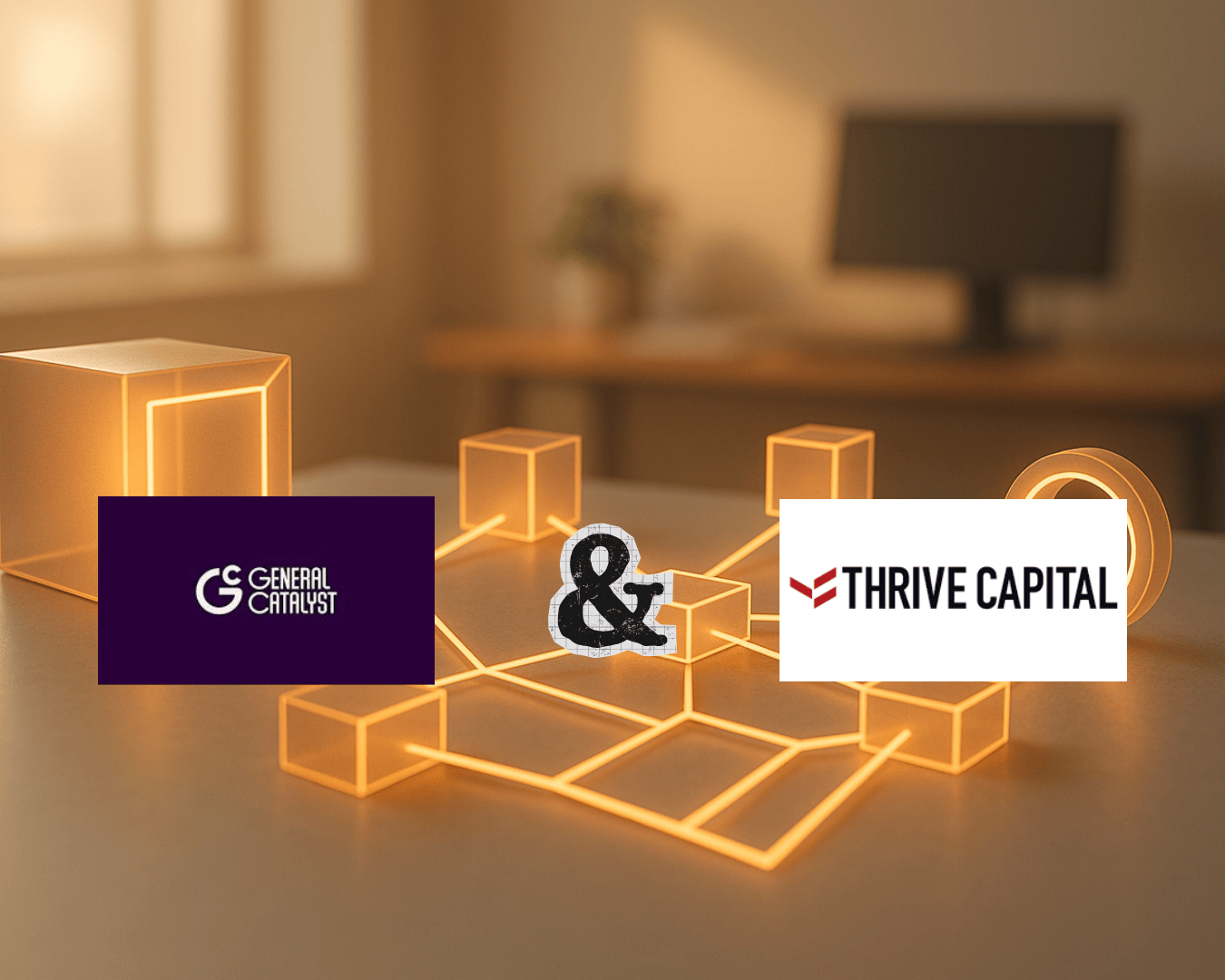
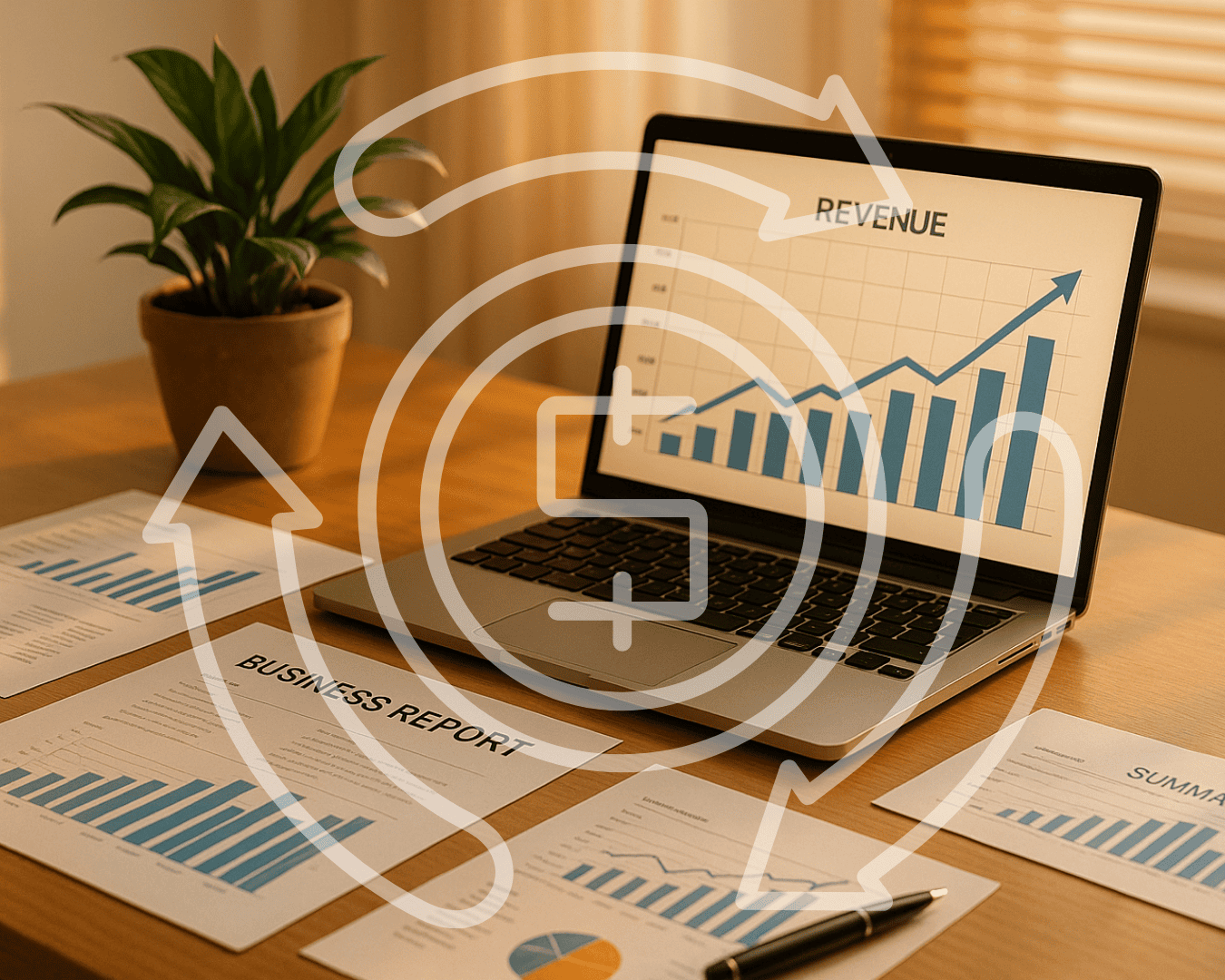






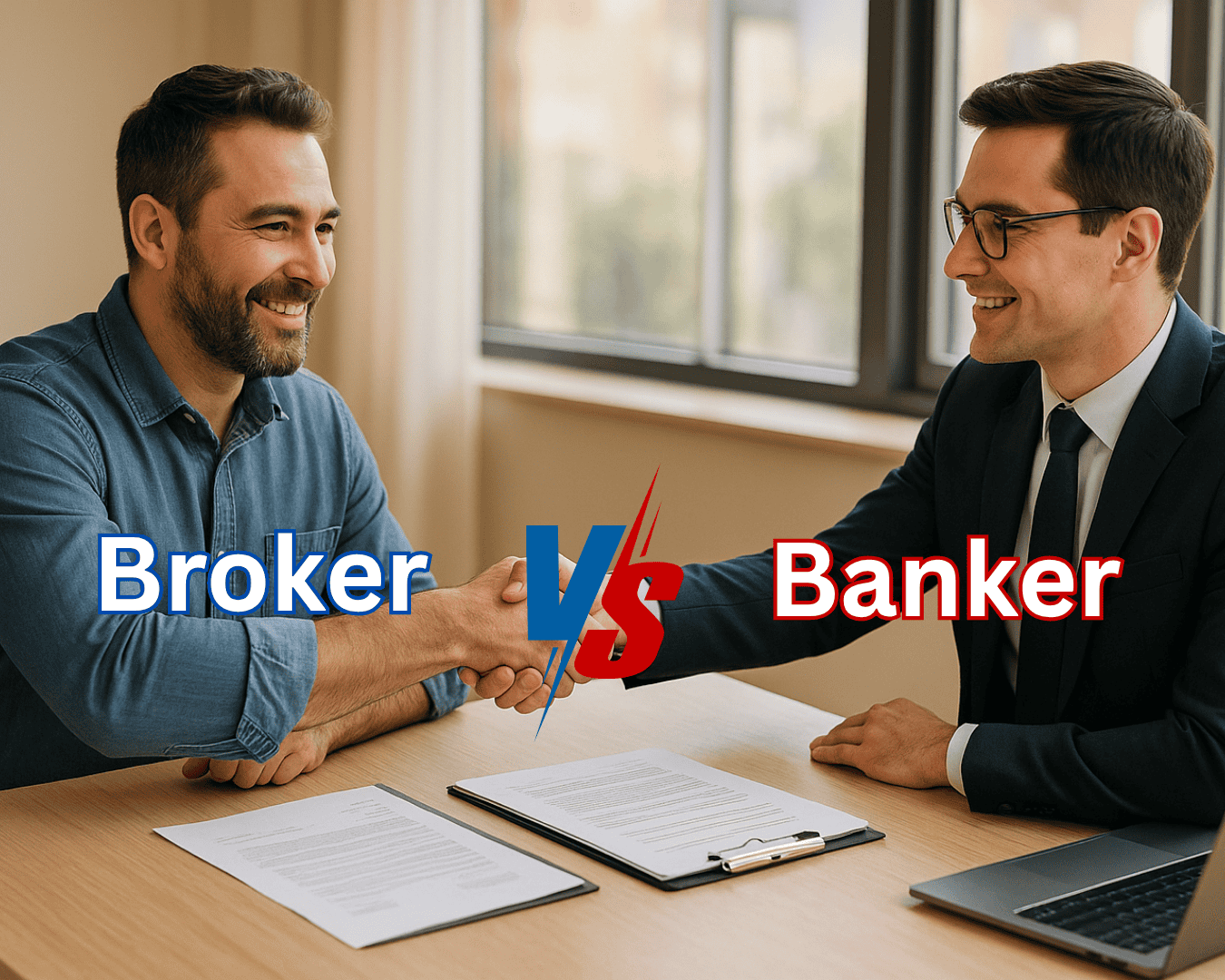



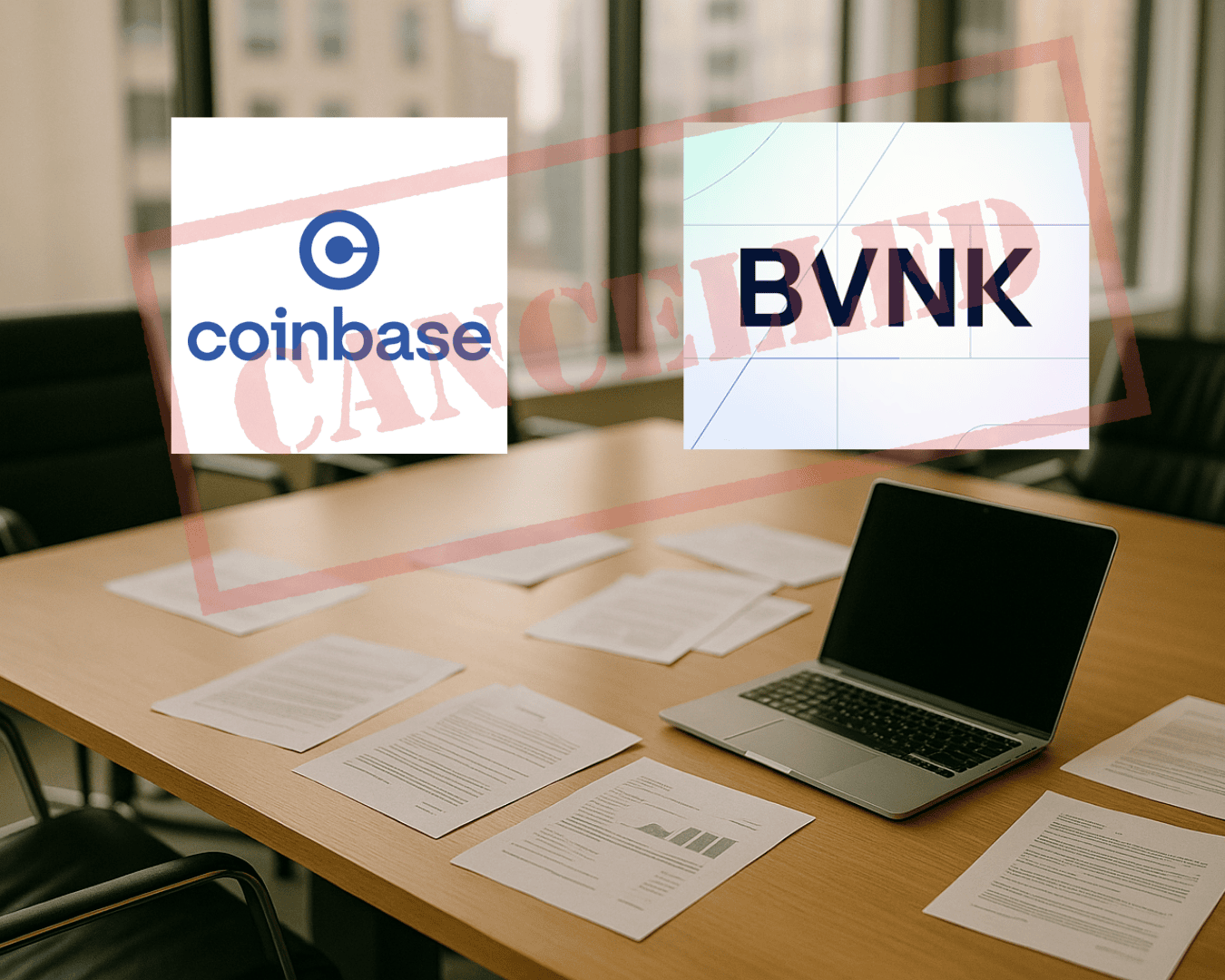


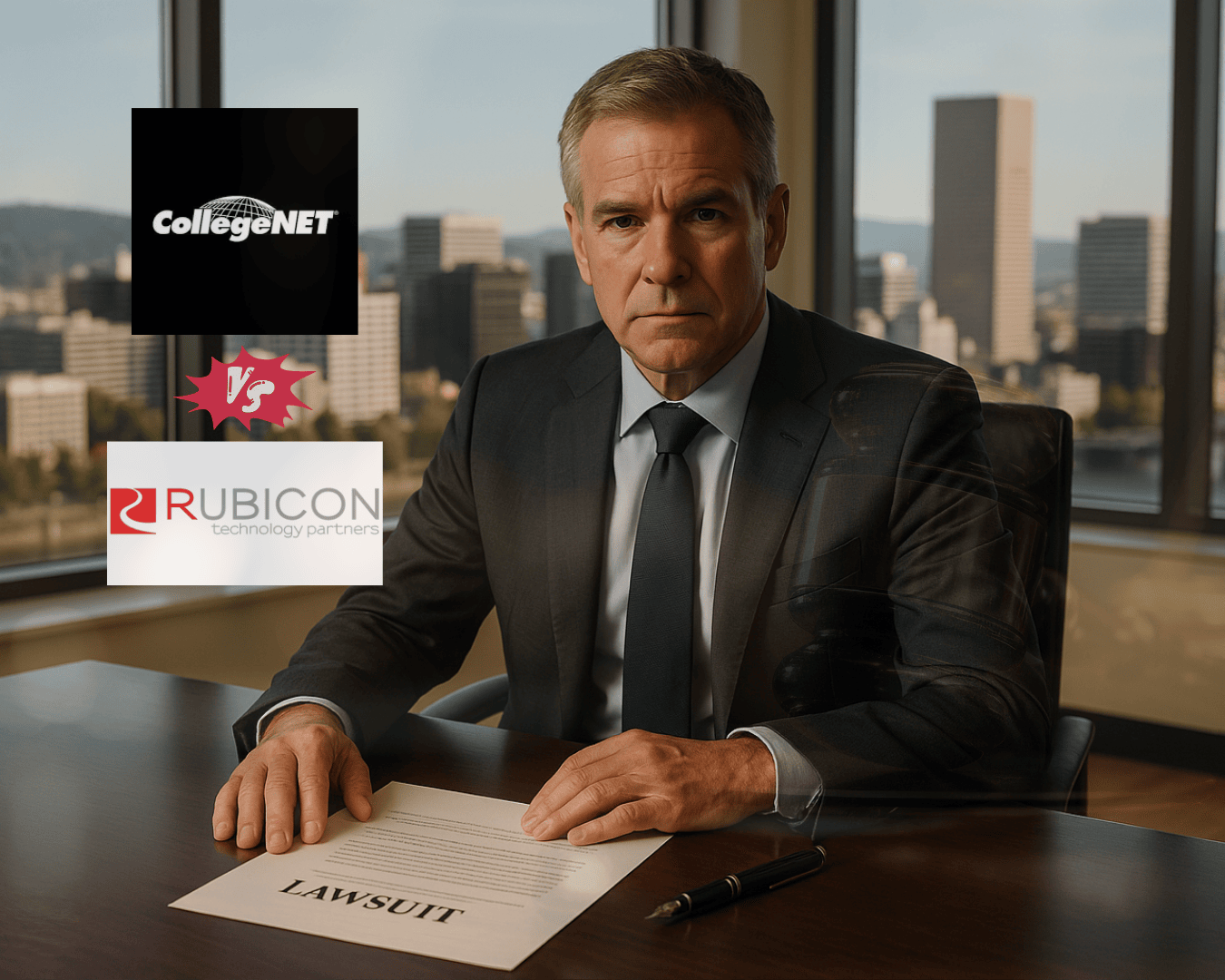






.png)
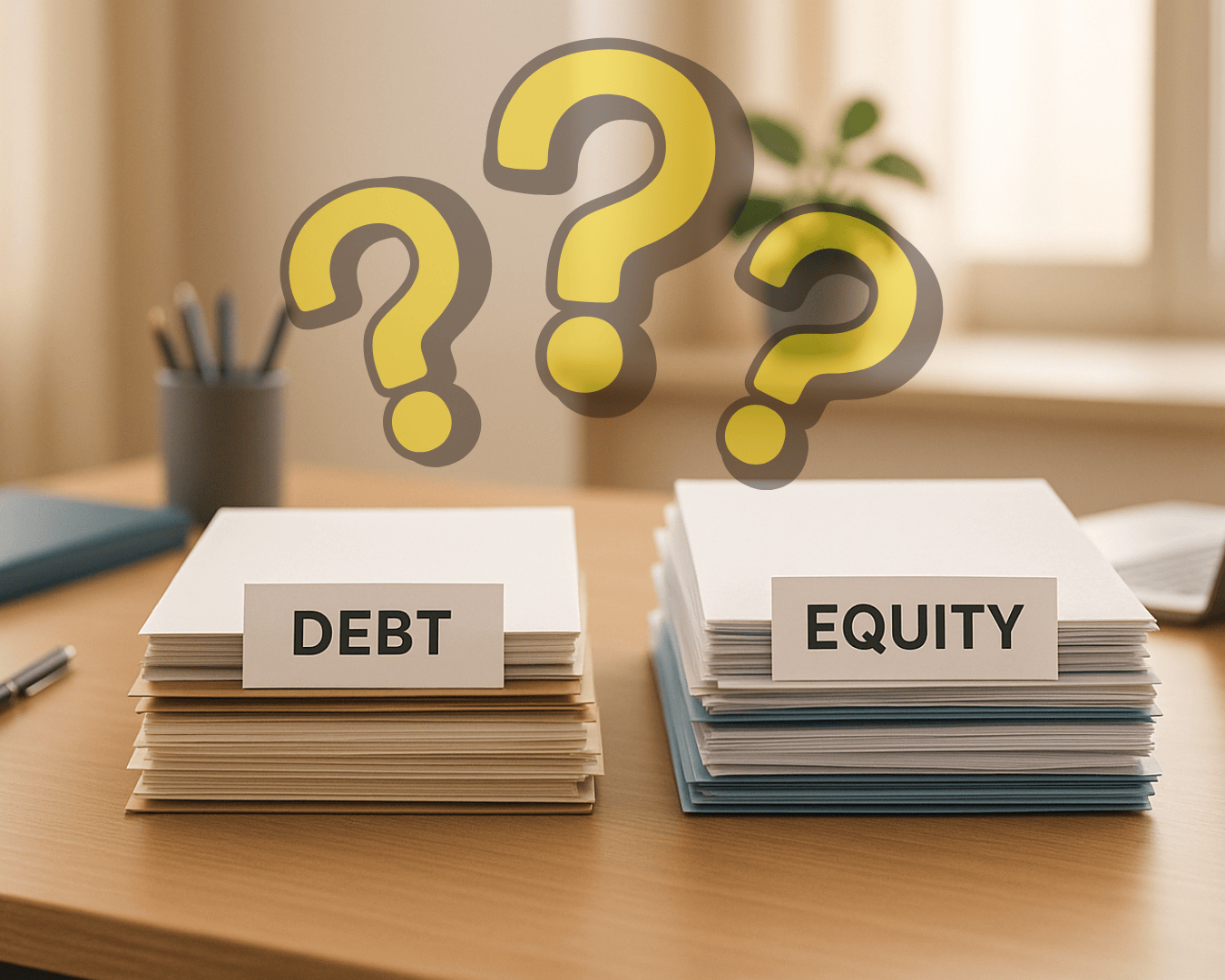
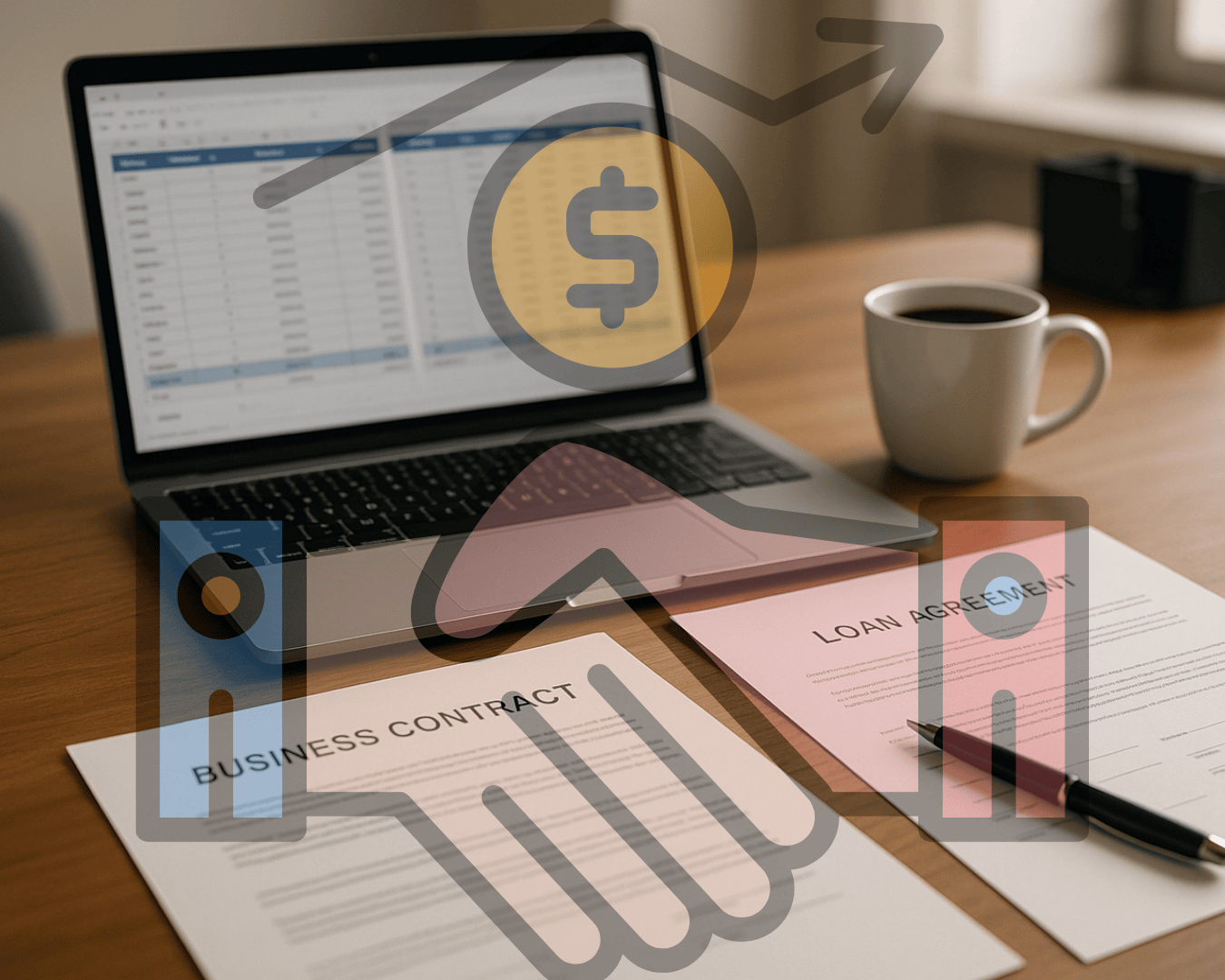


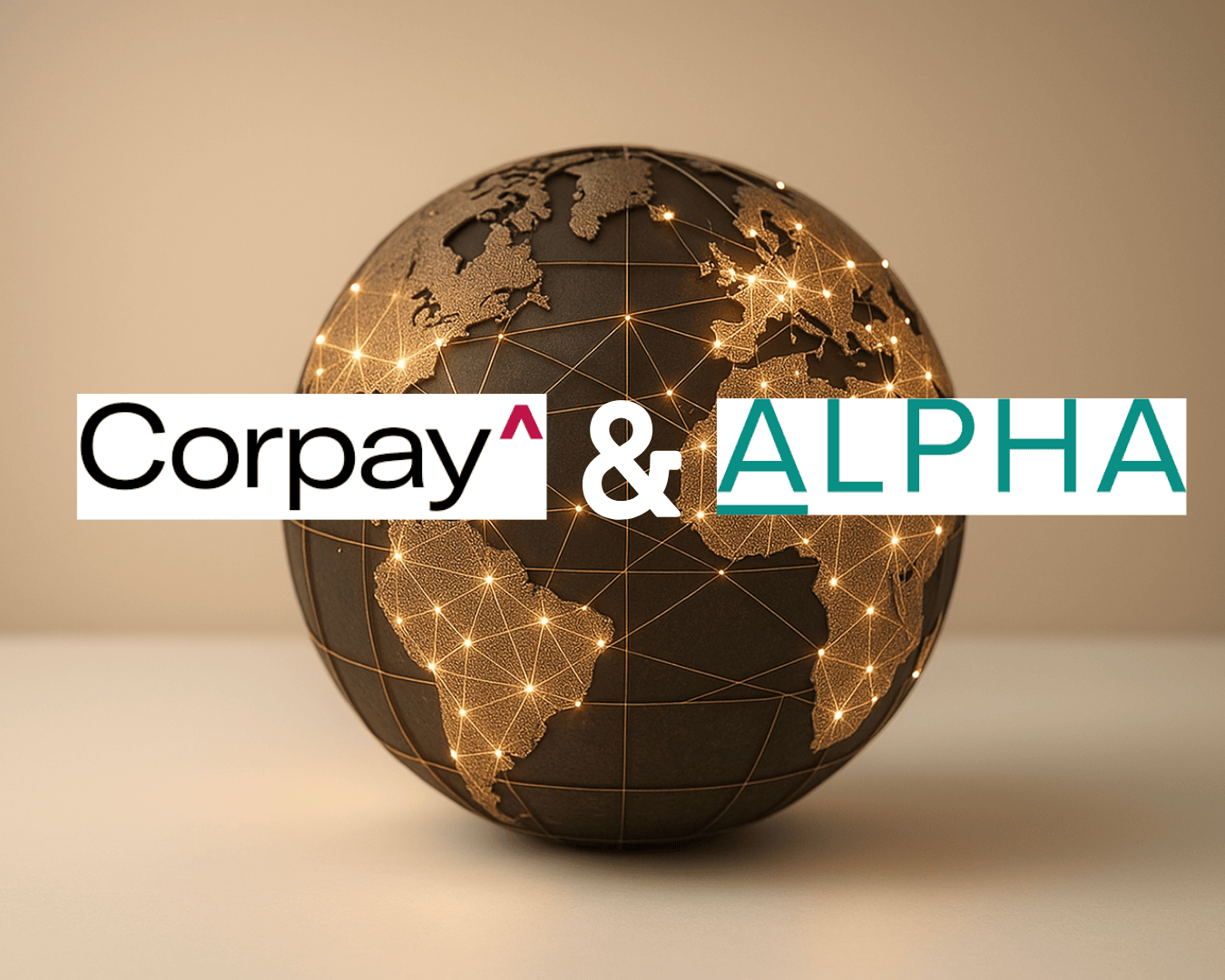
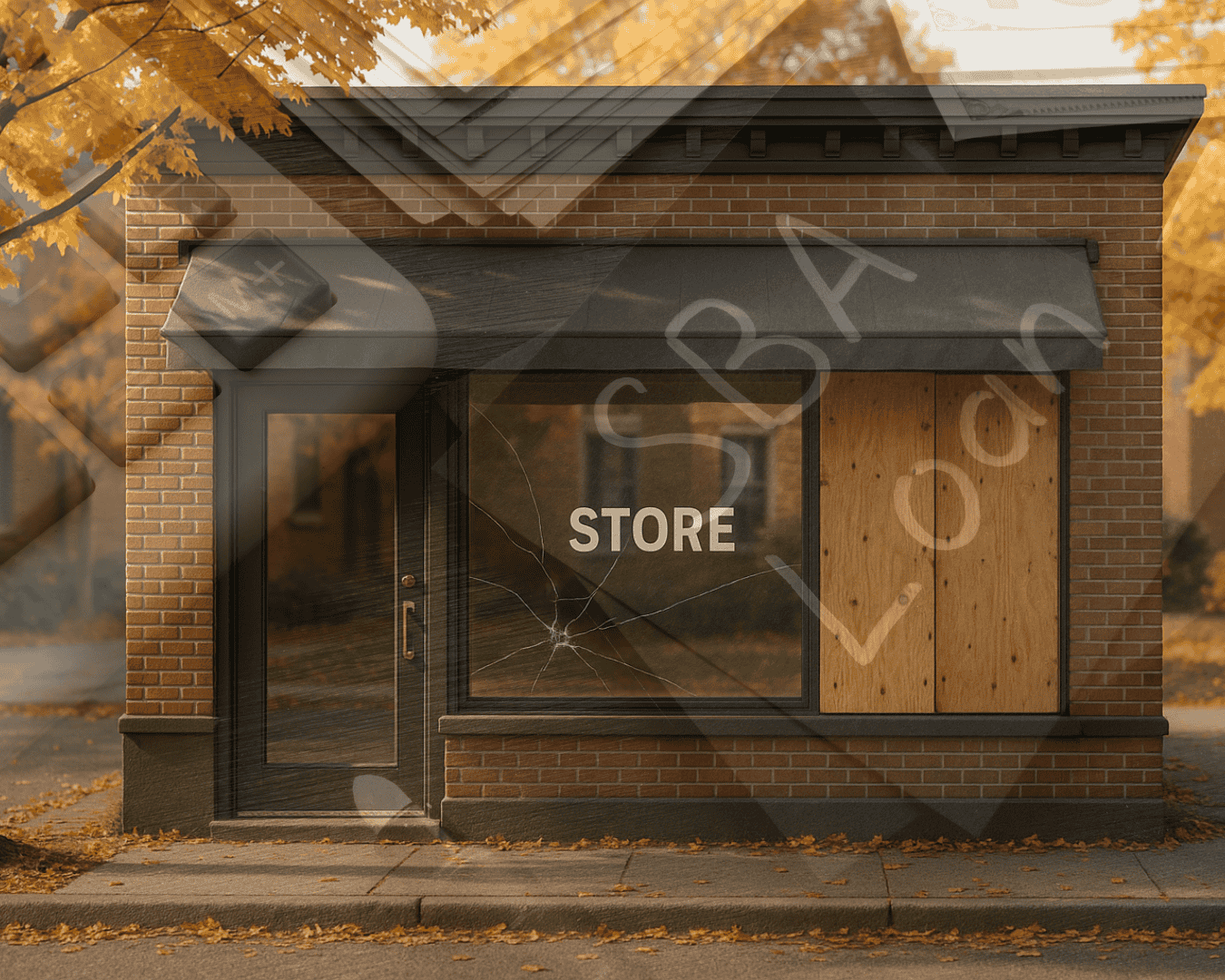
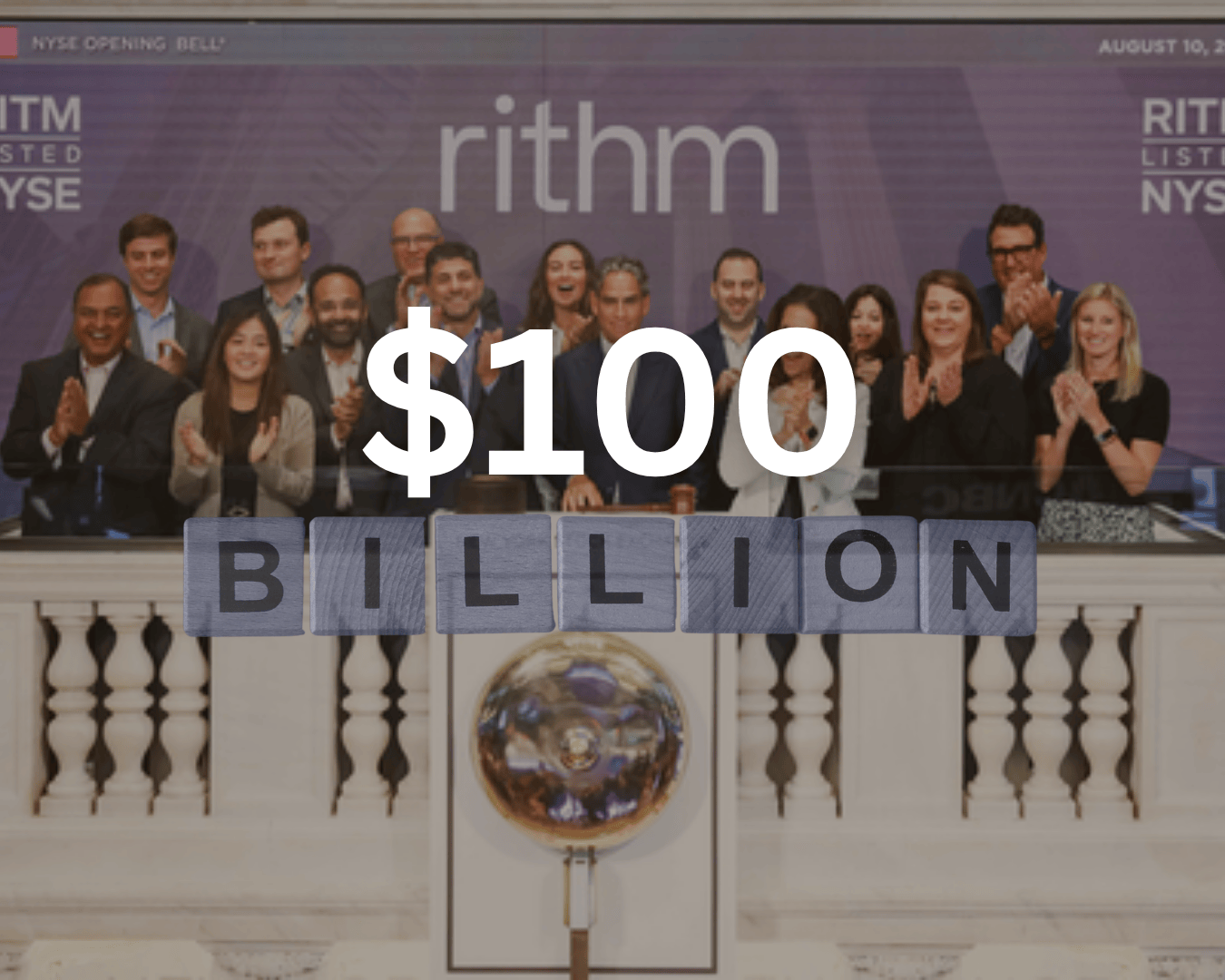



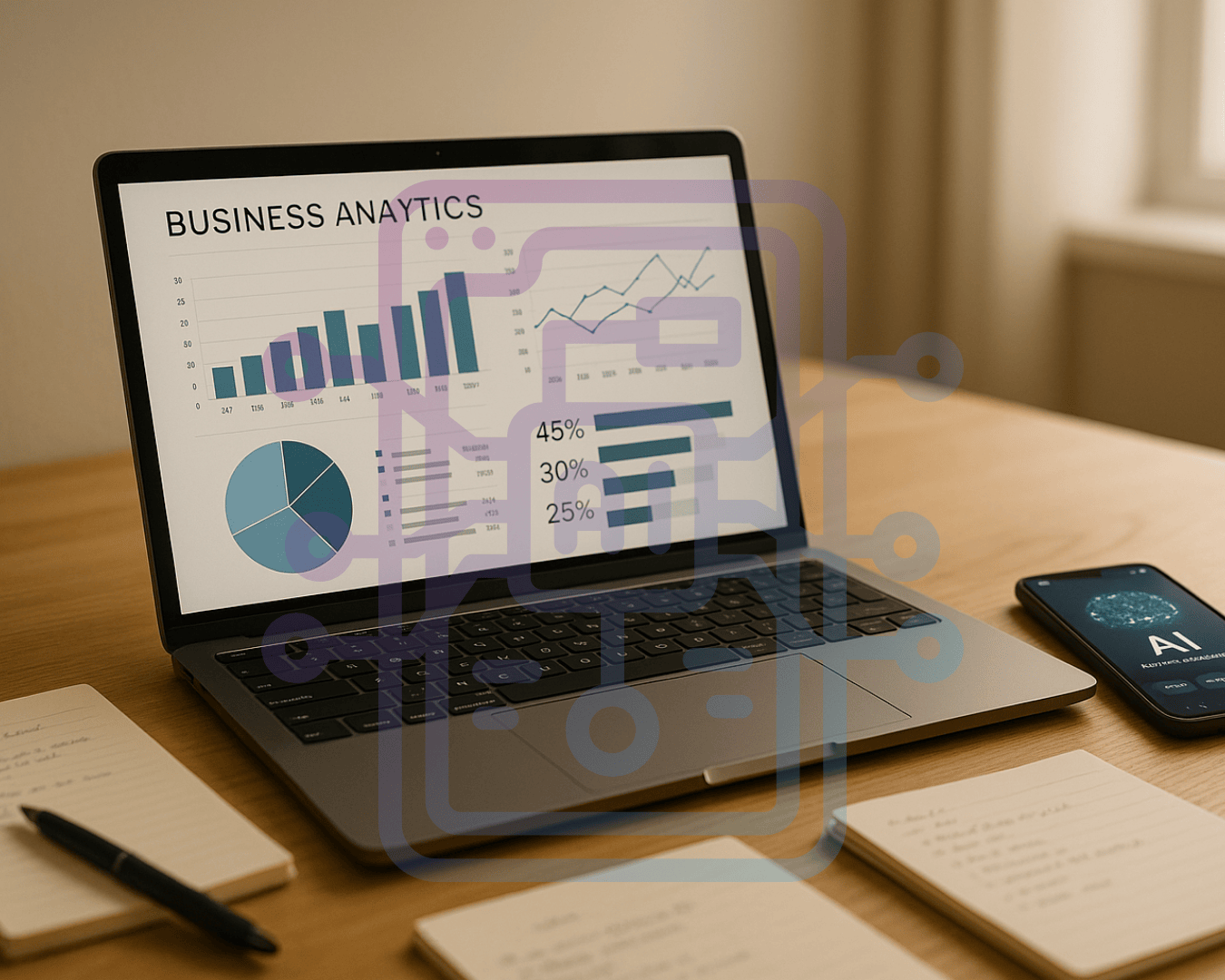






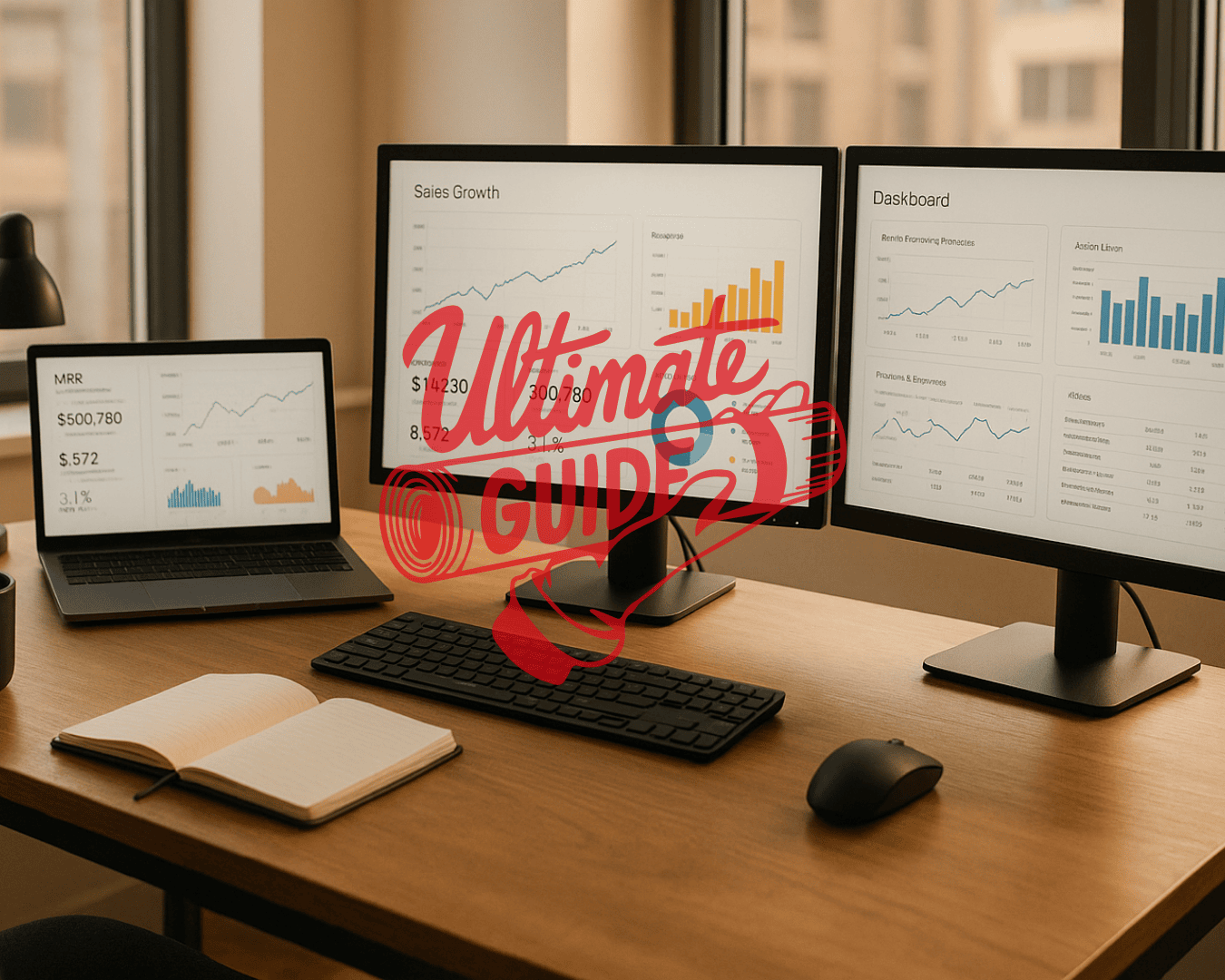



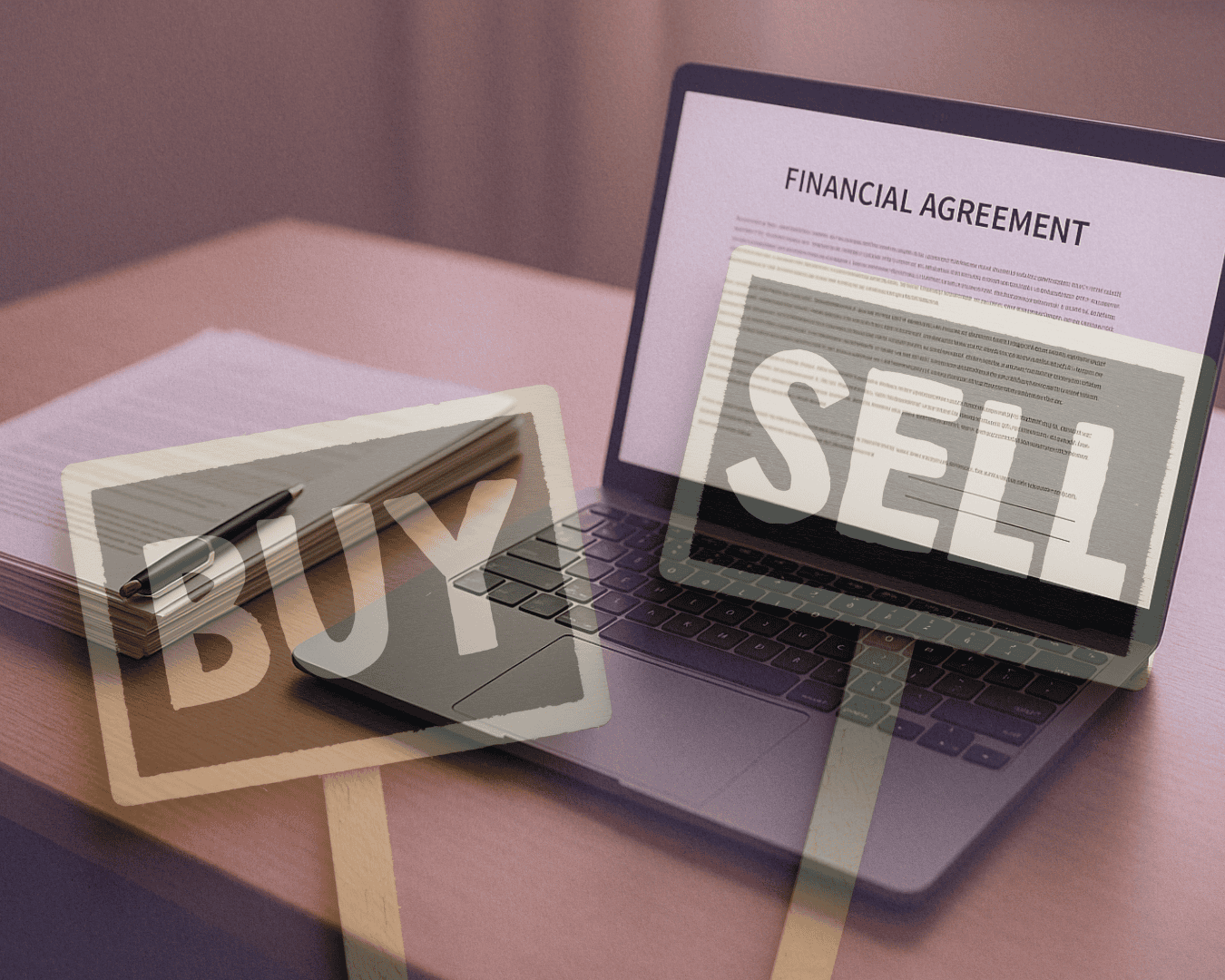


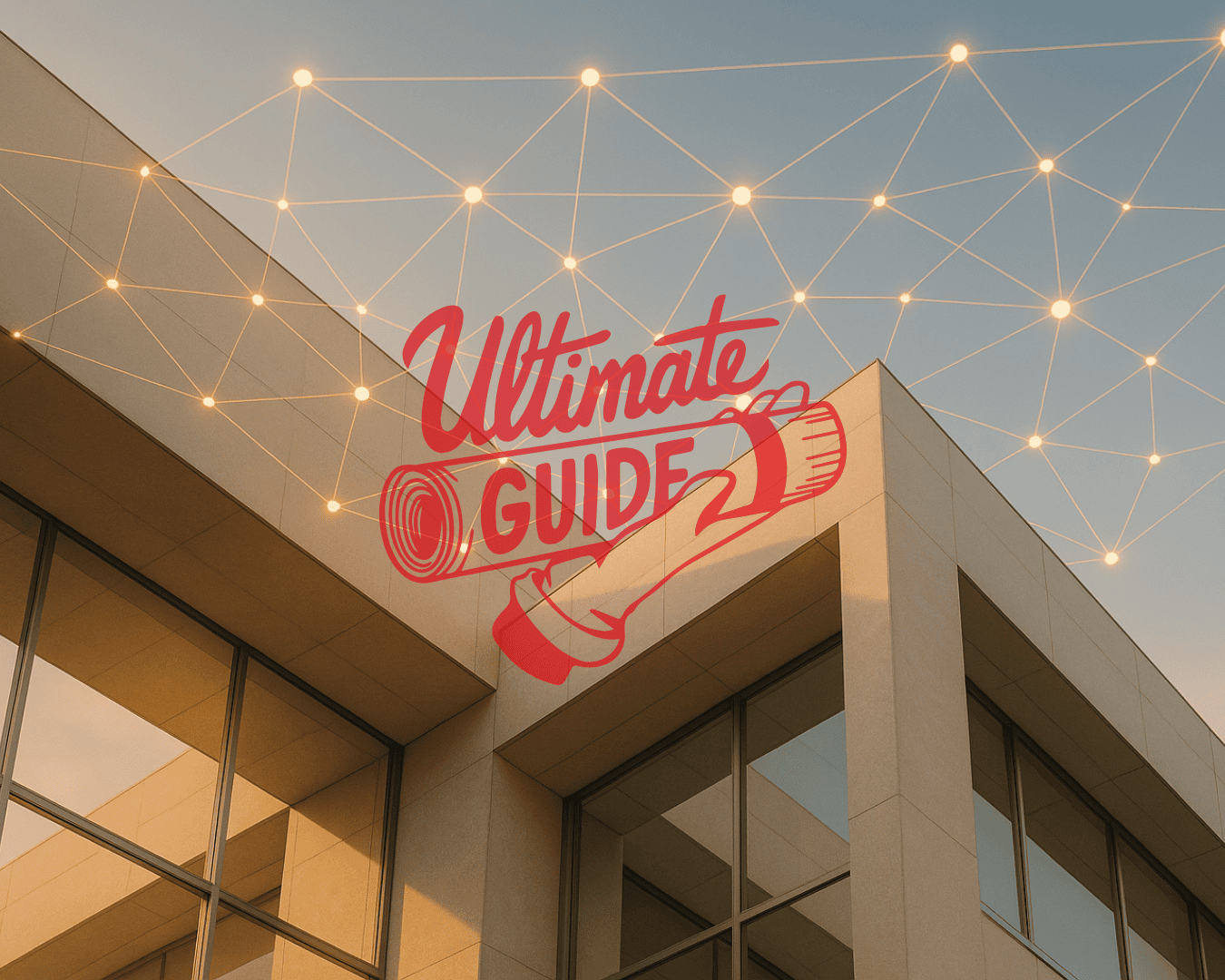



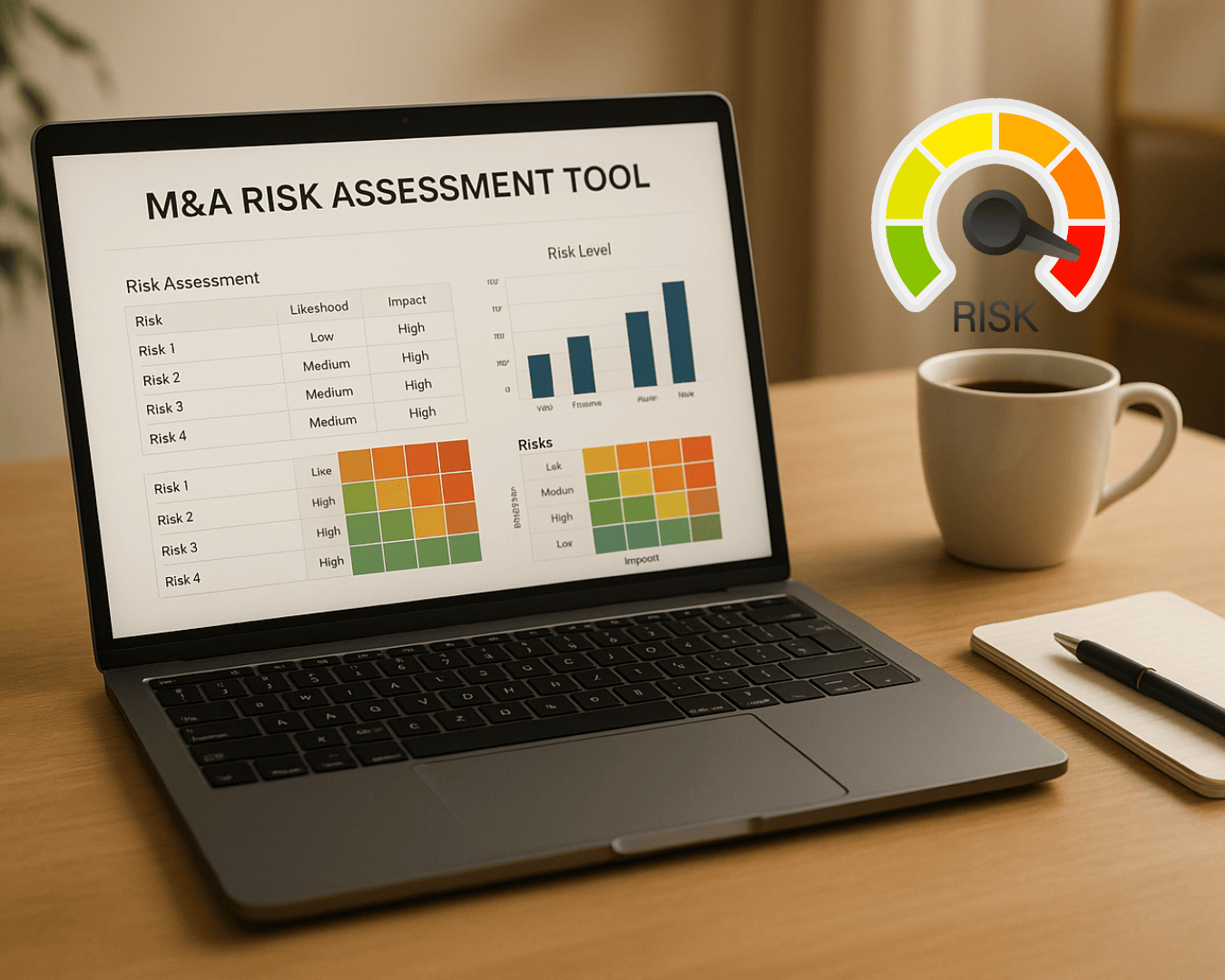
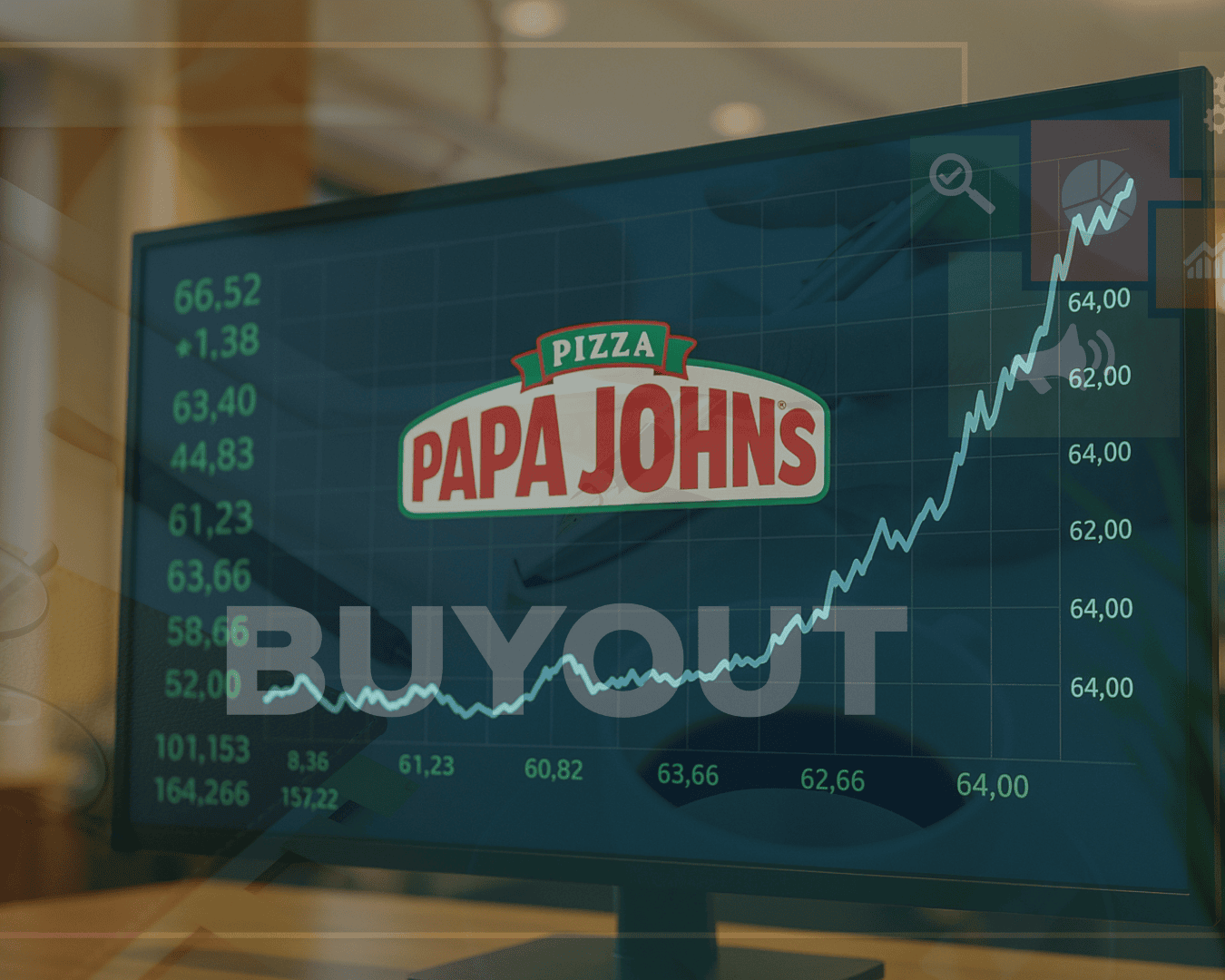
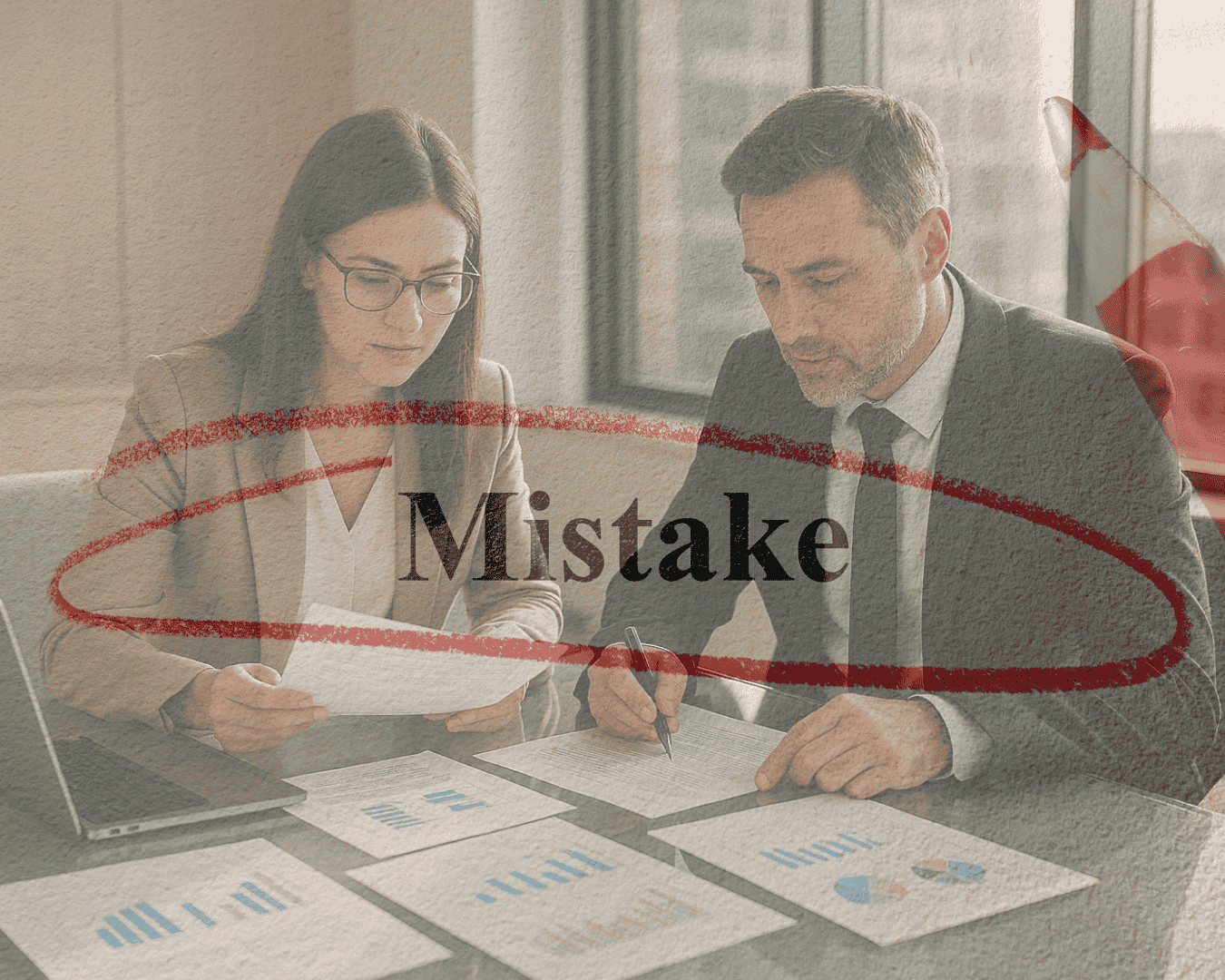
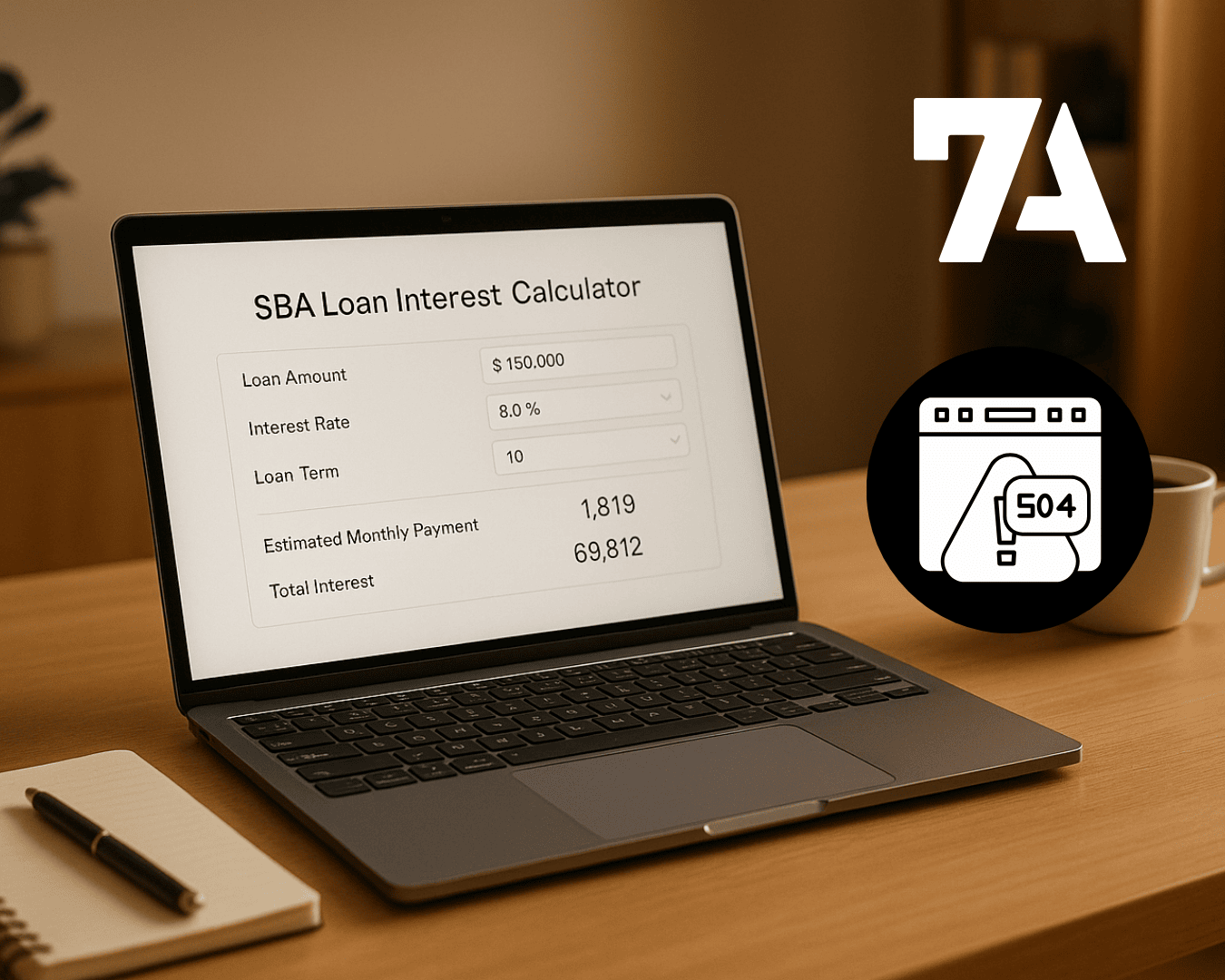








%20Loan%20Application%20Checklist.png)
